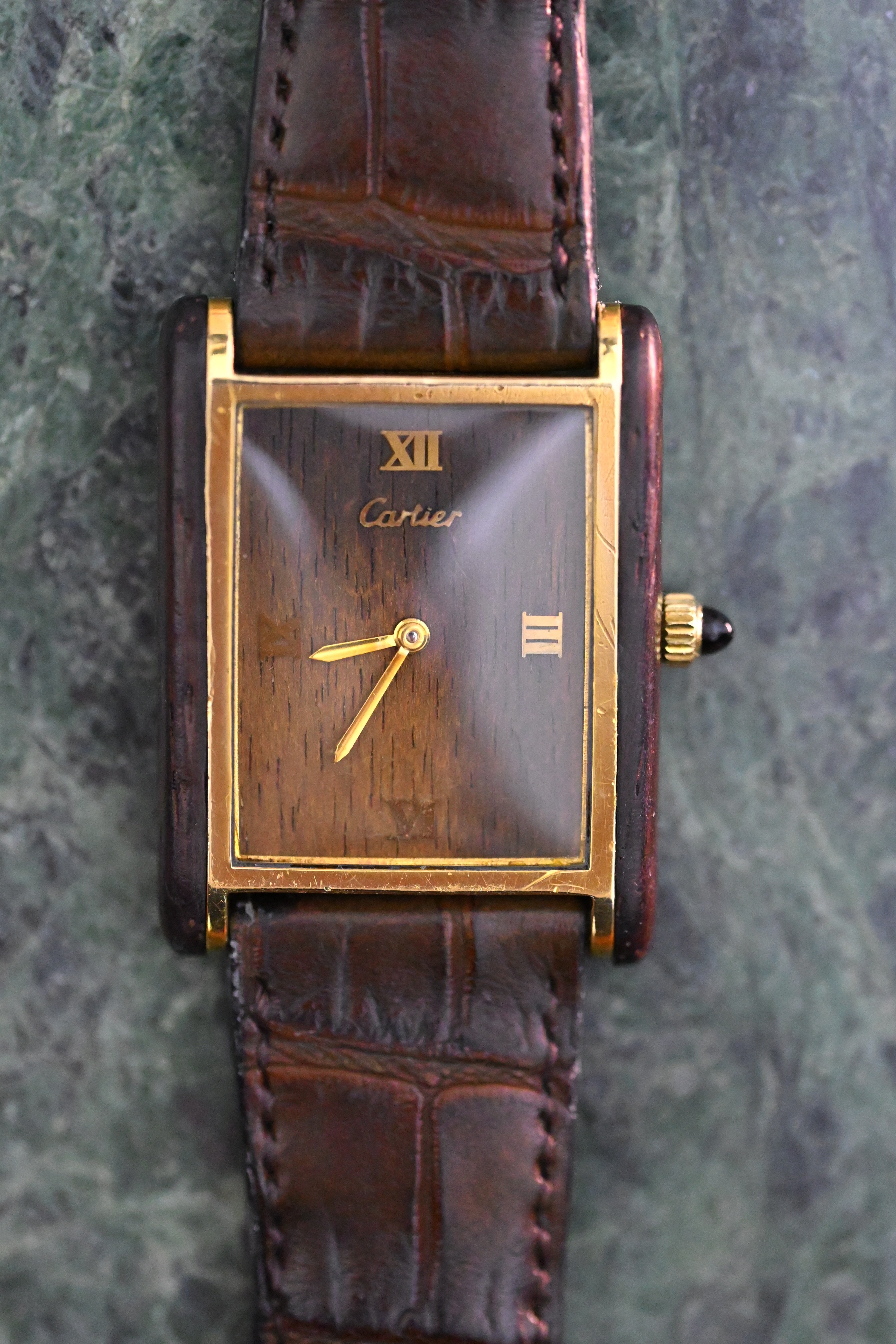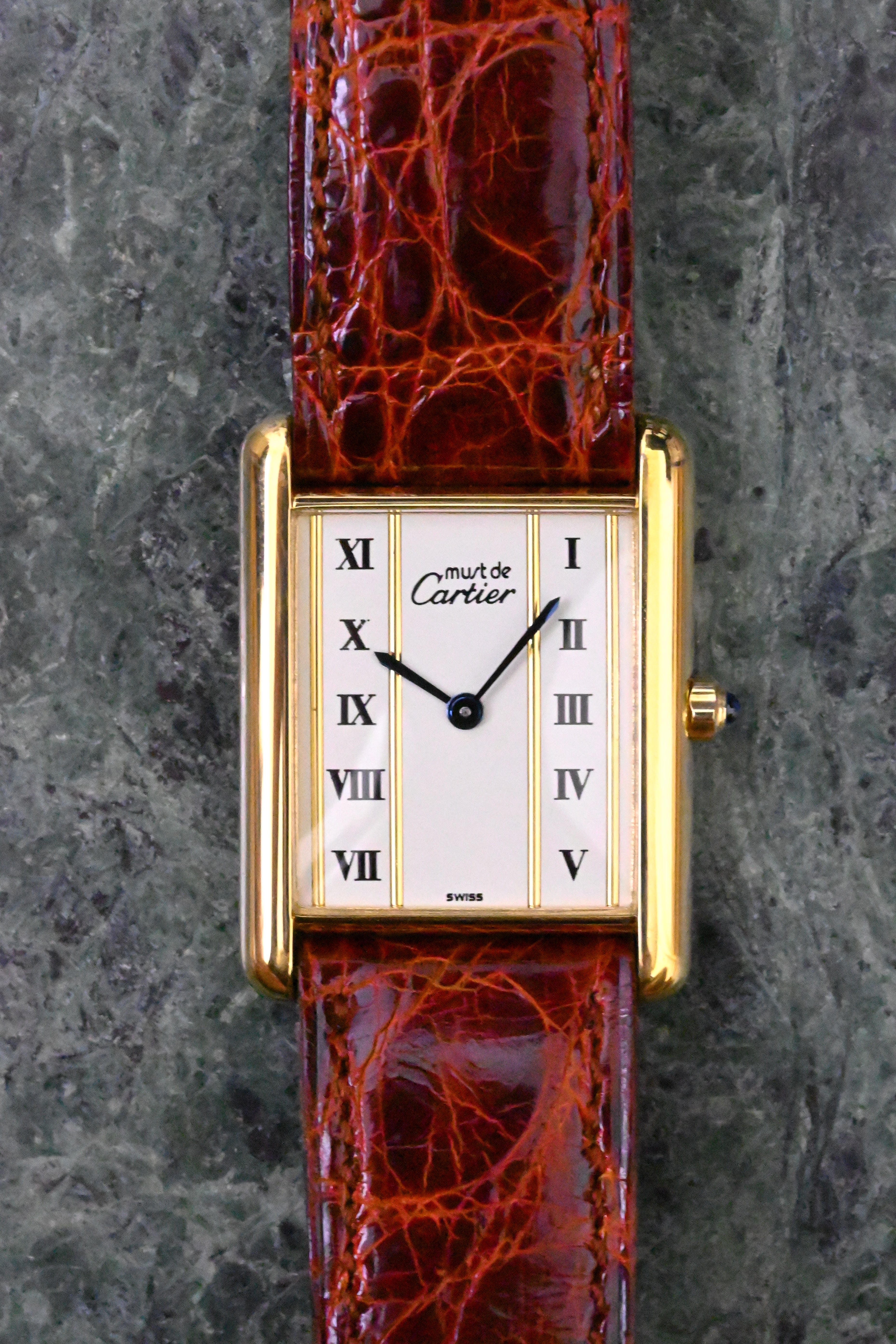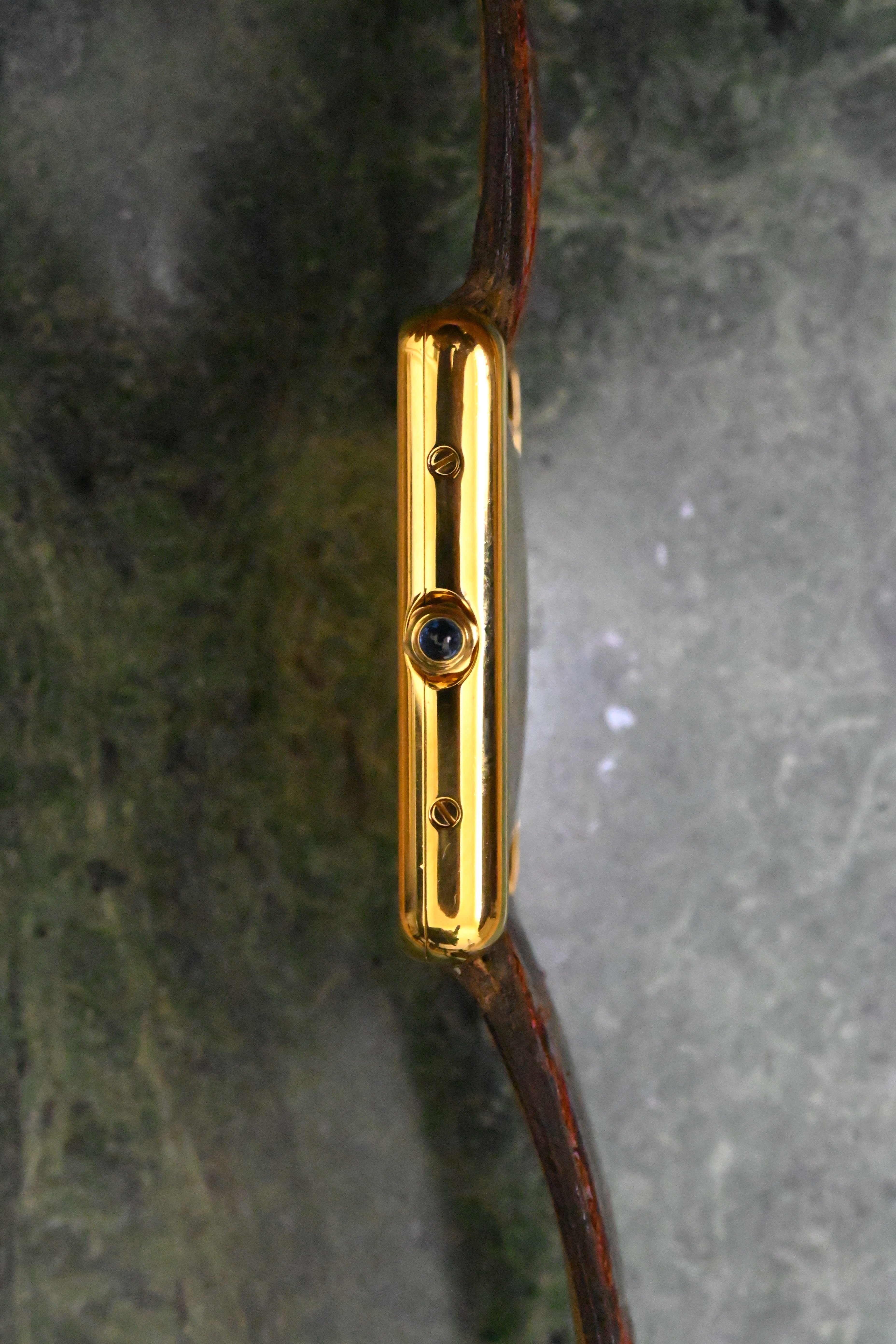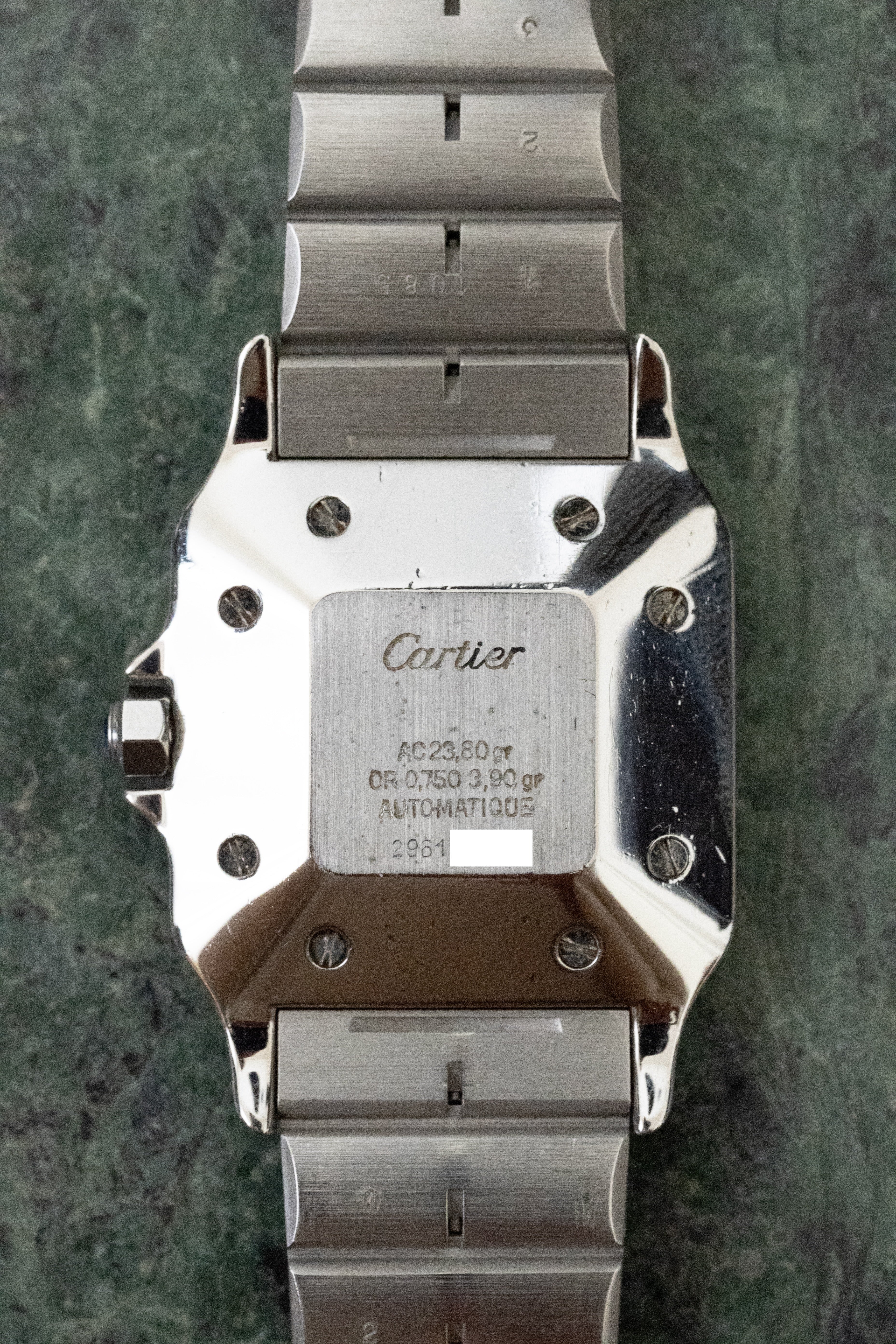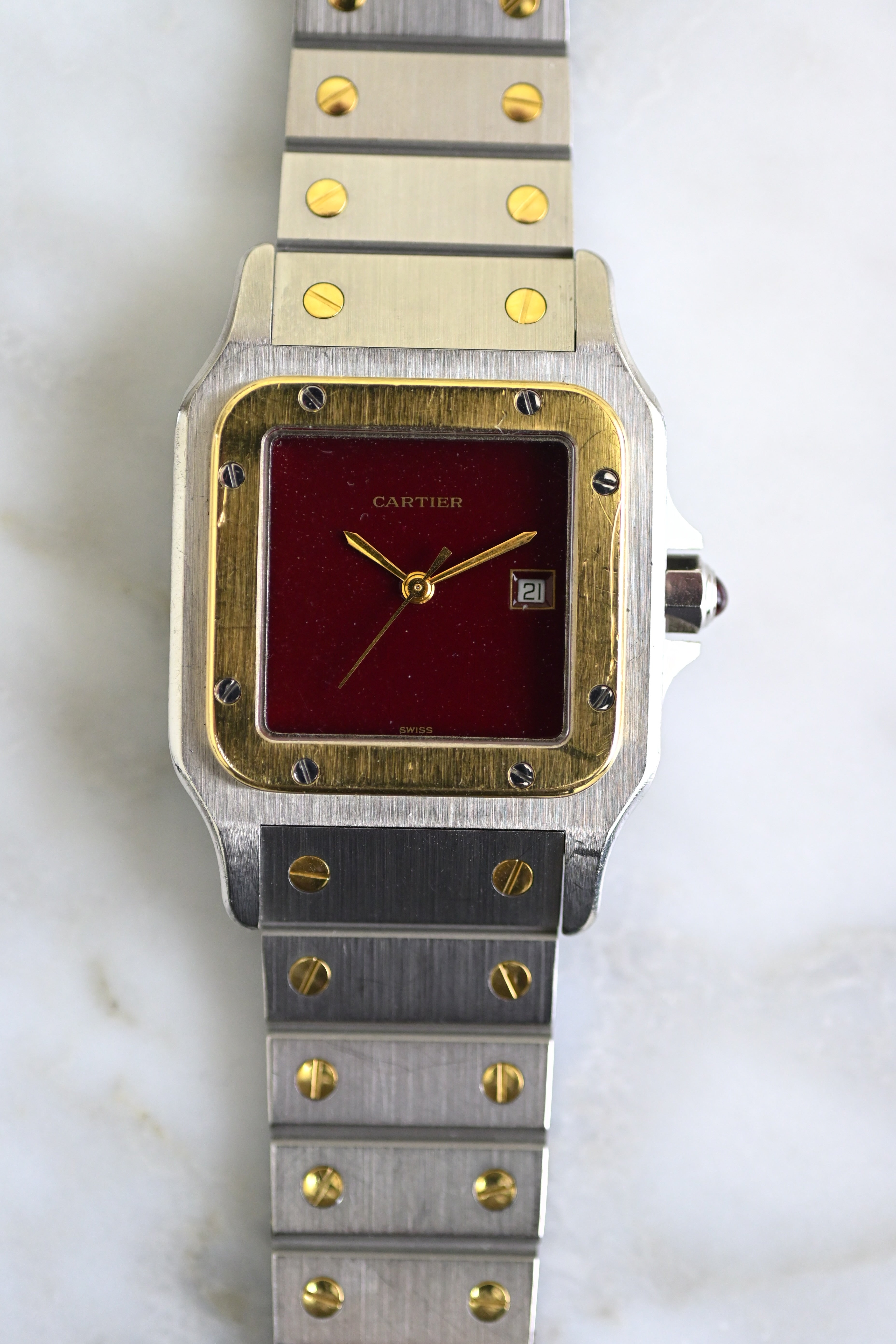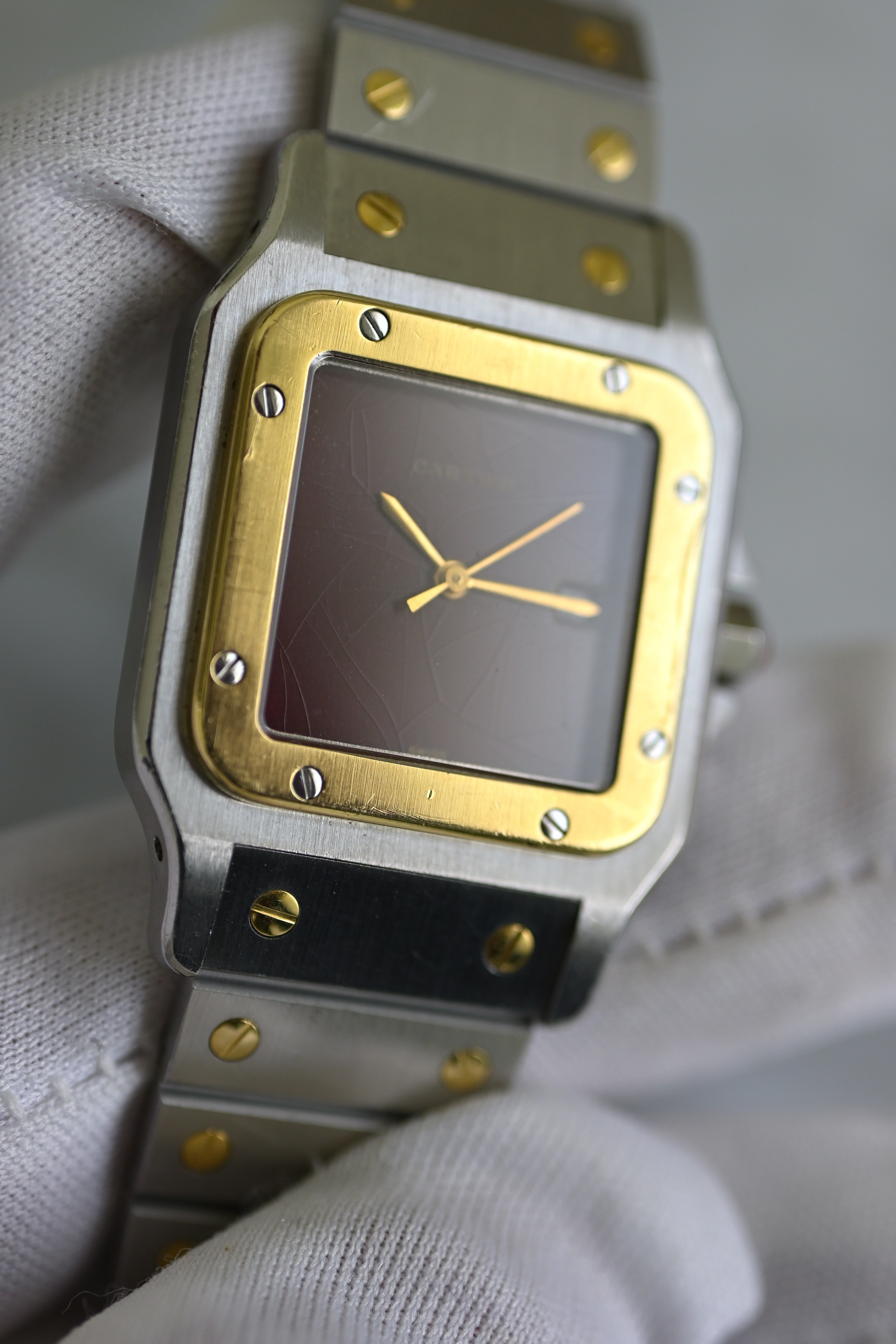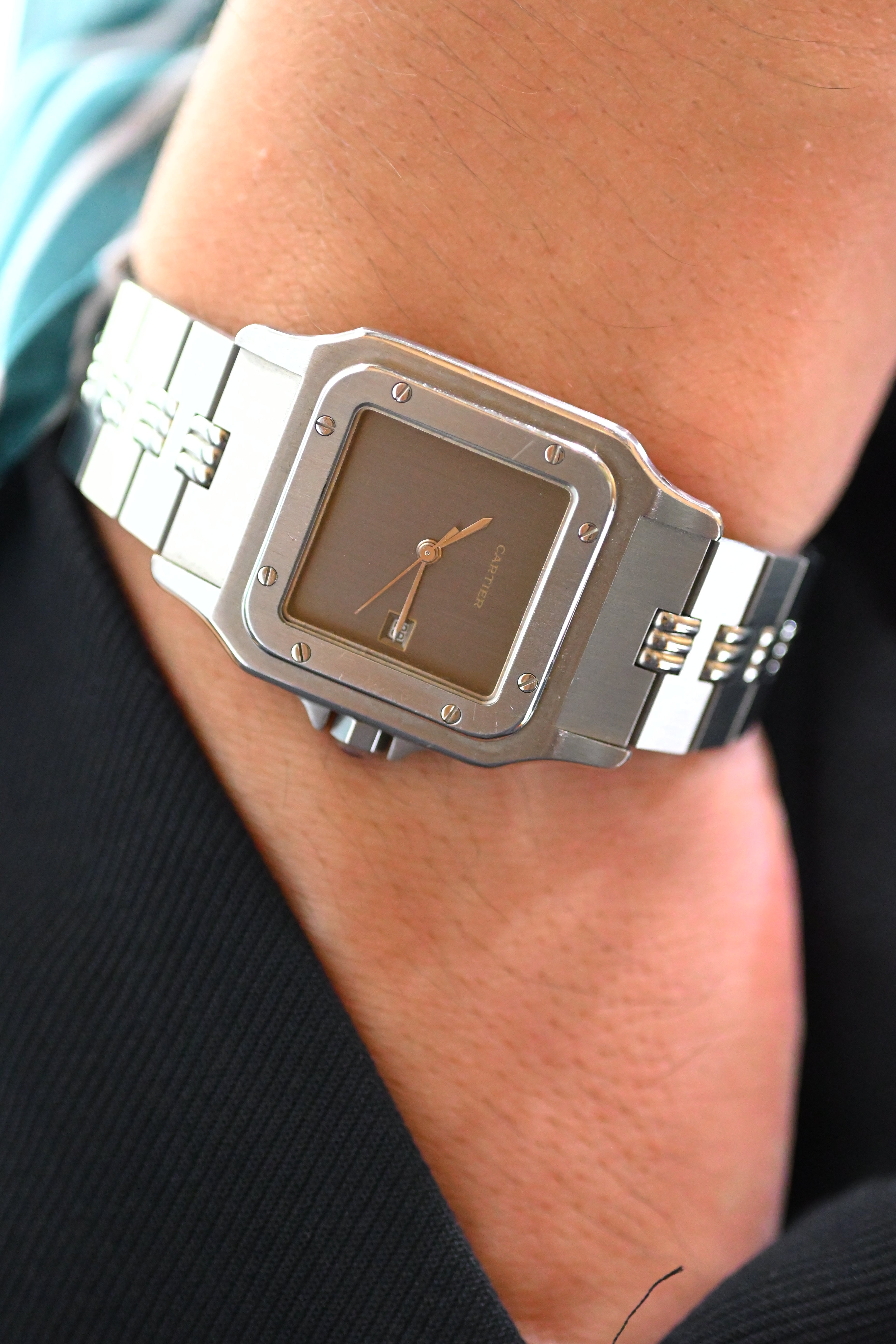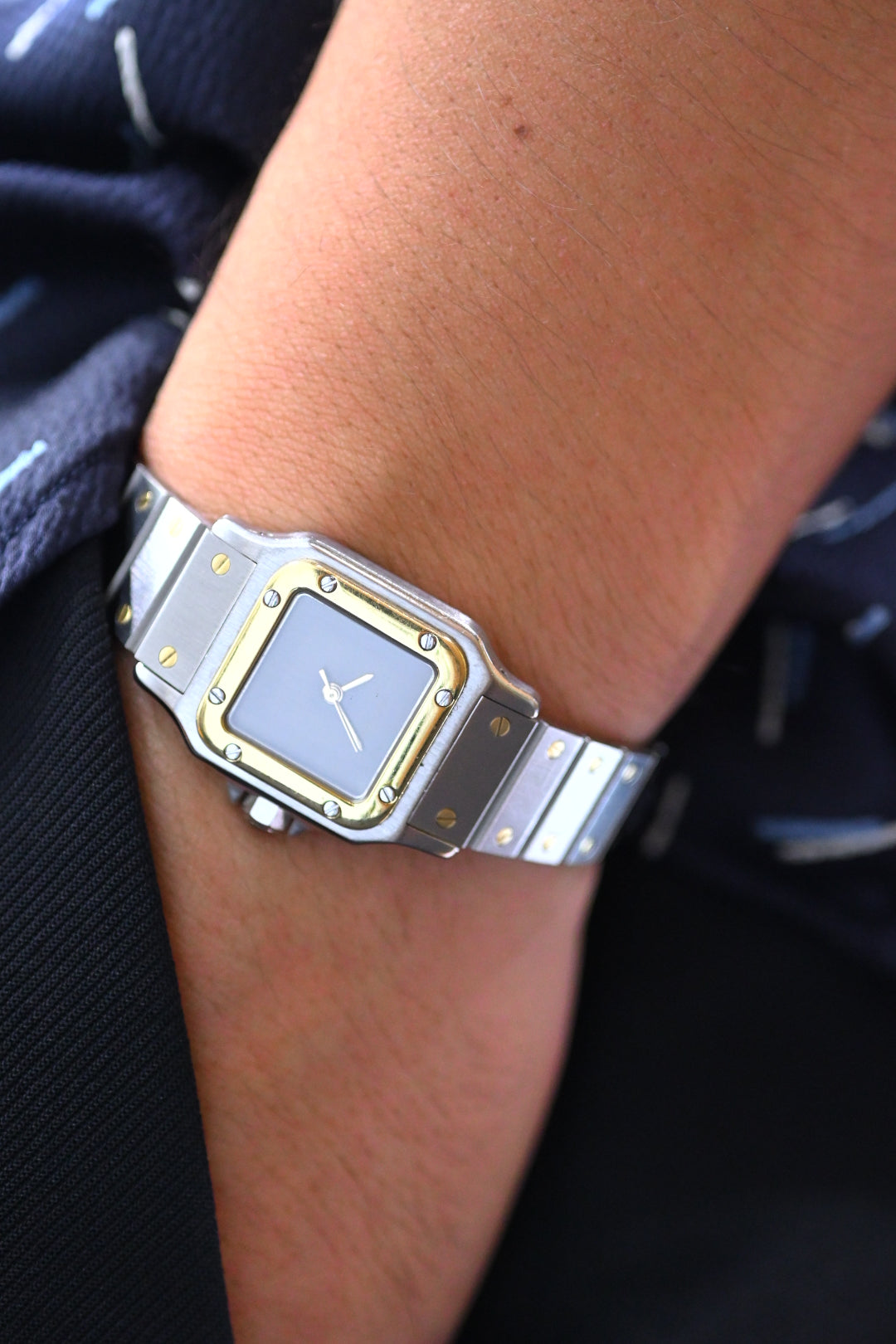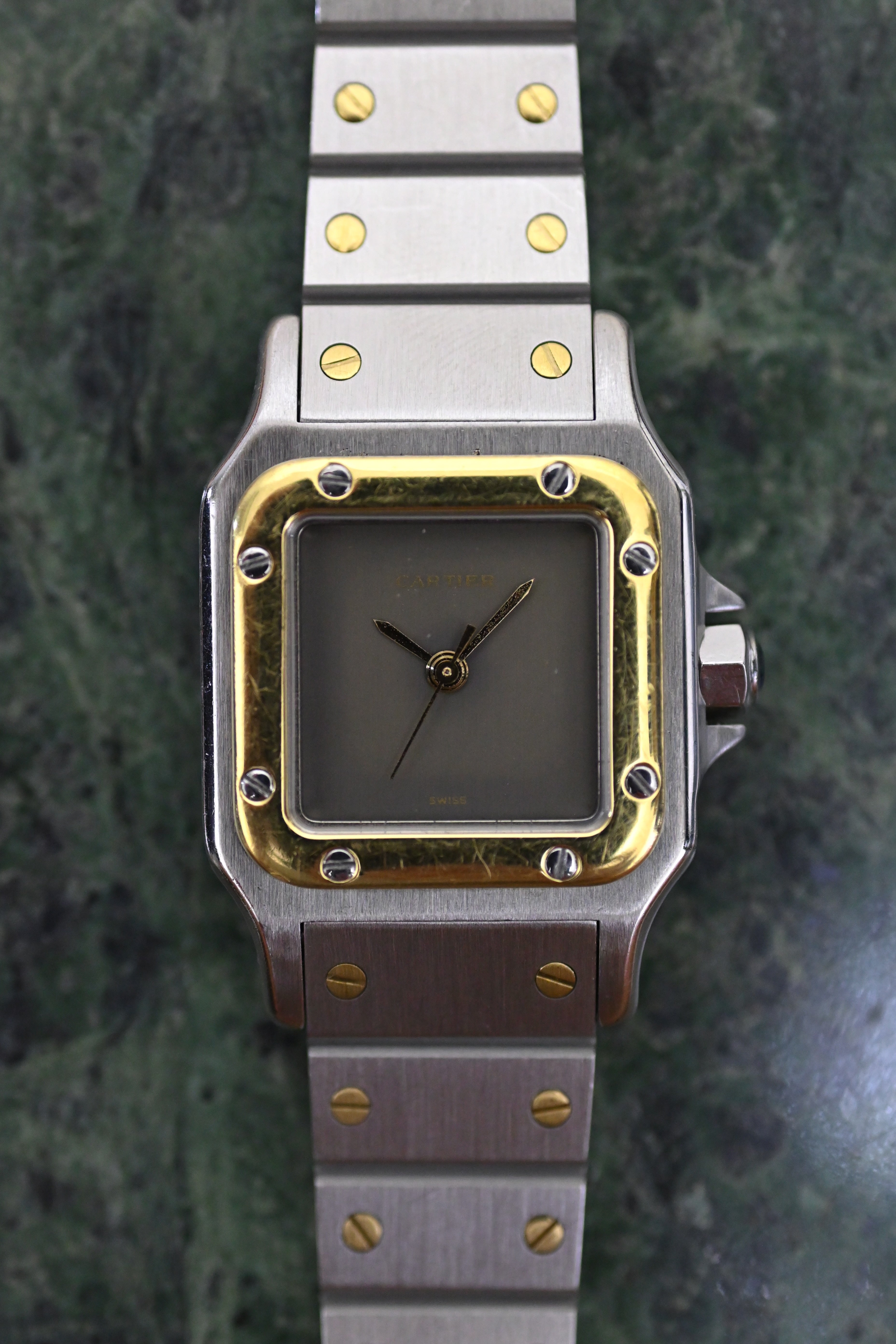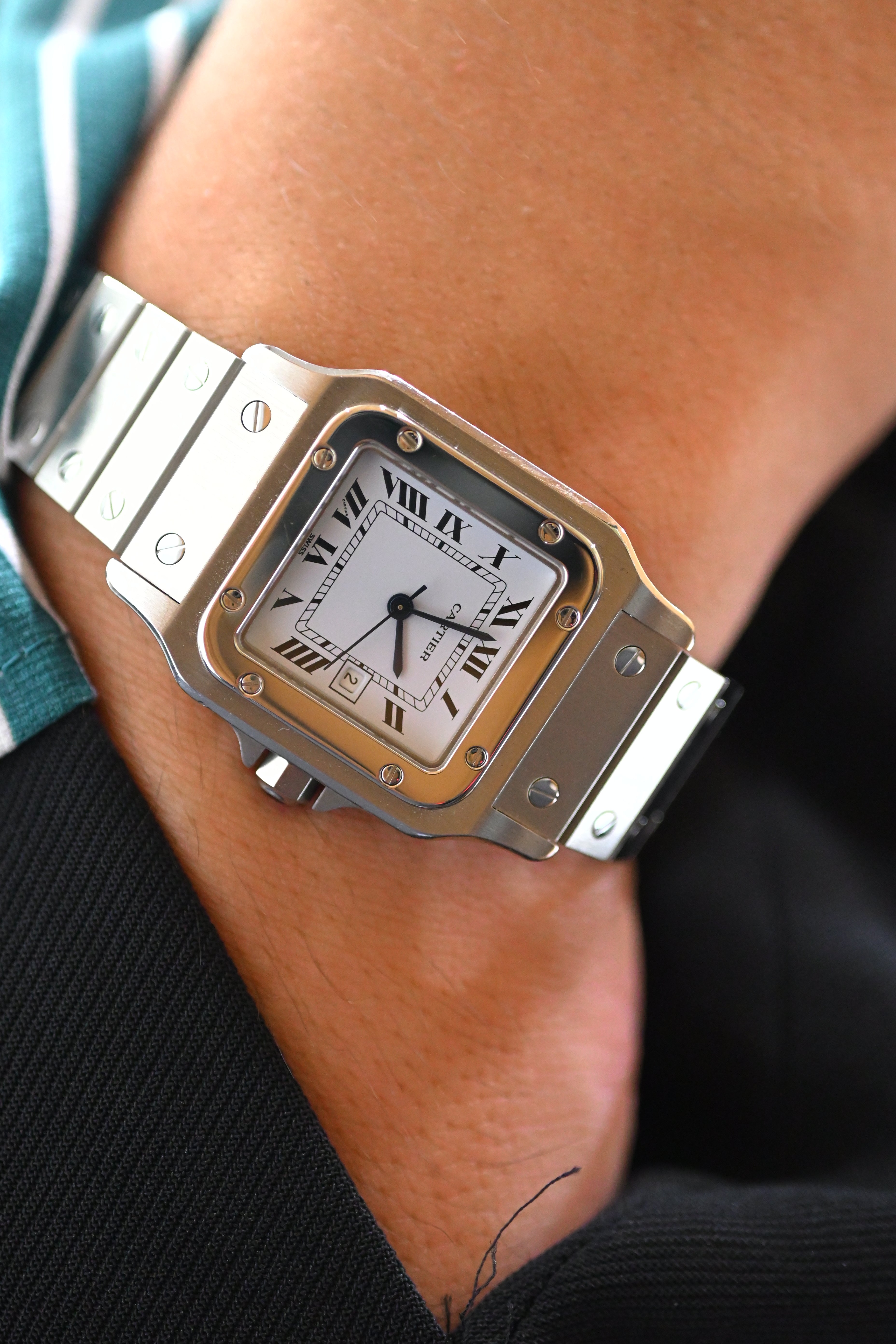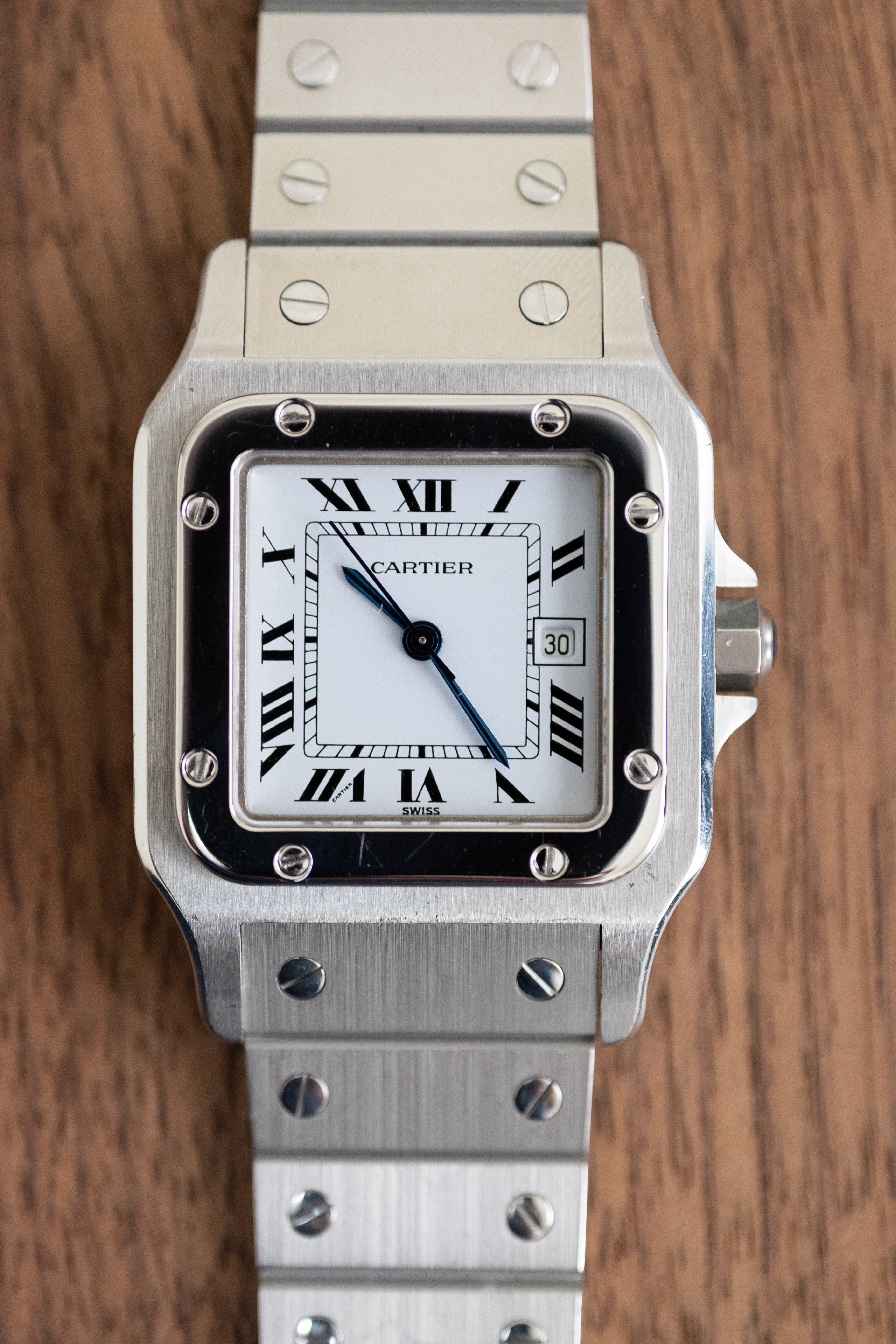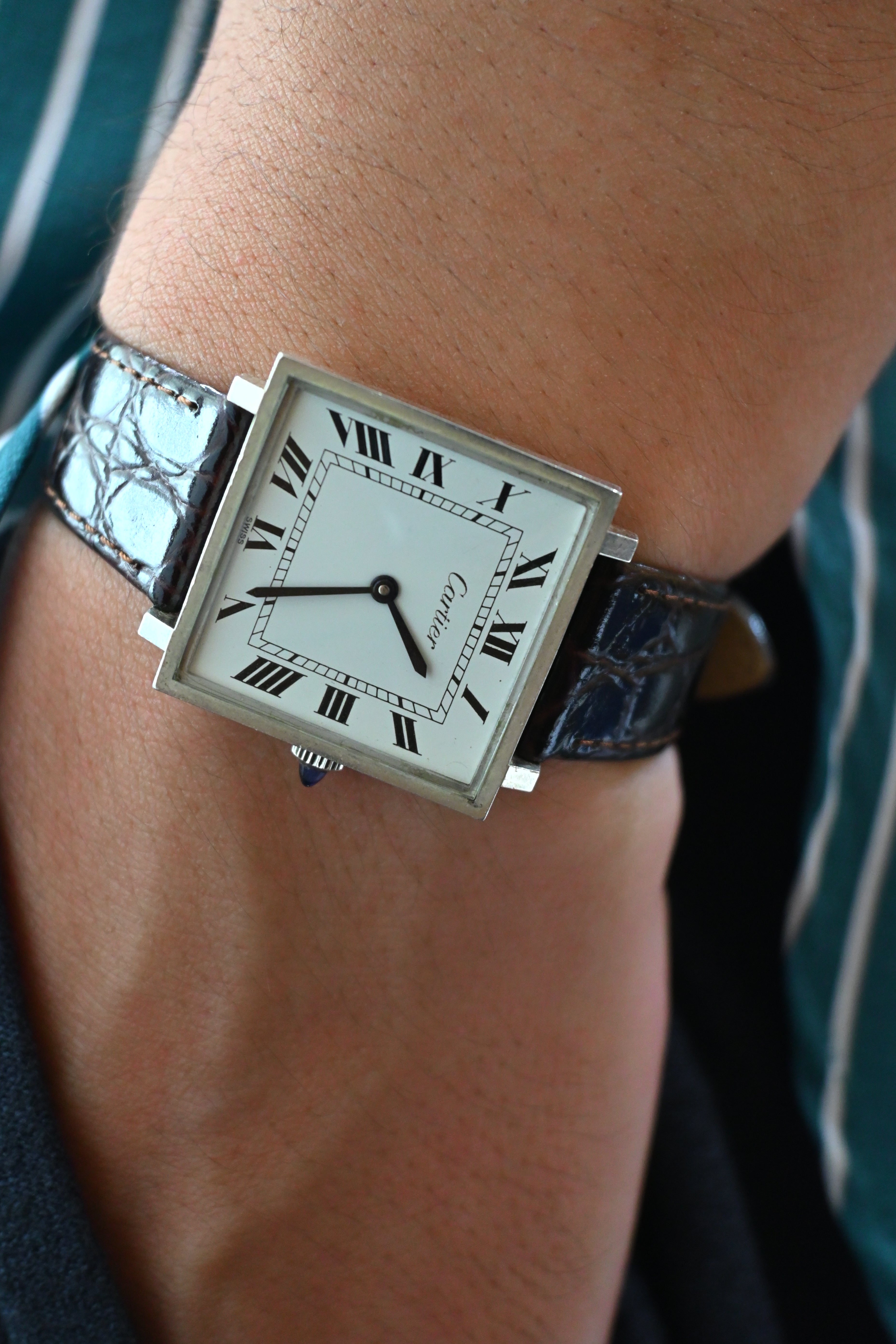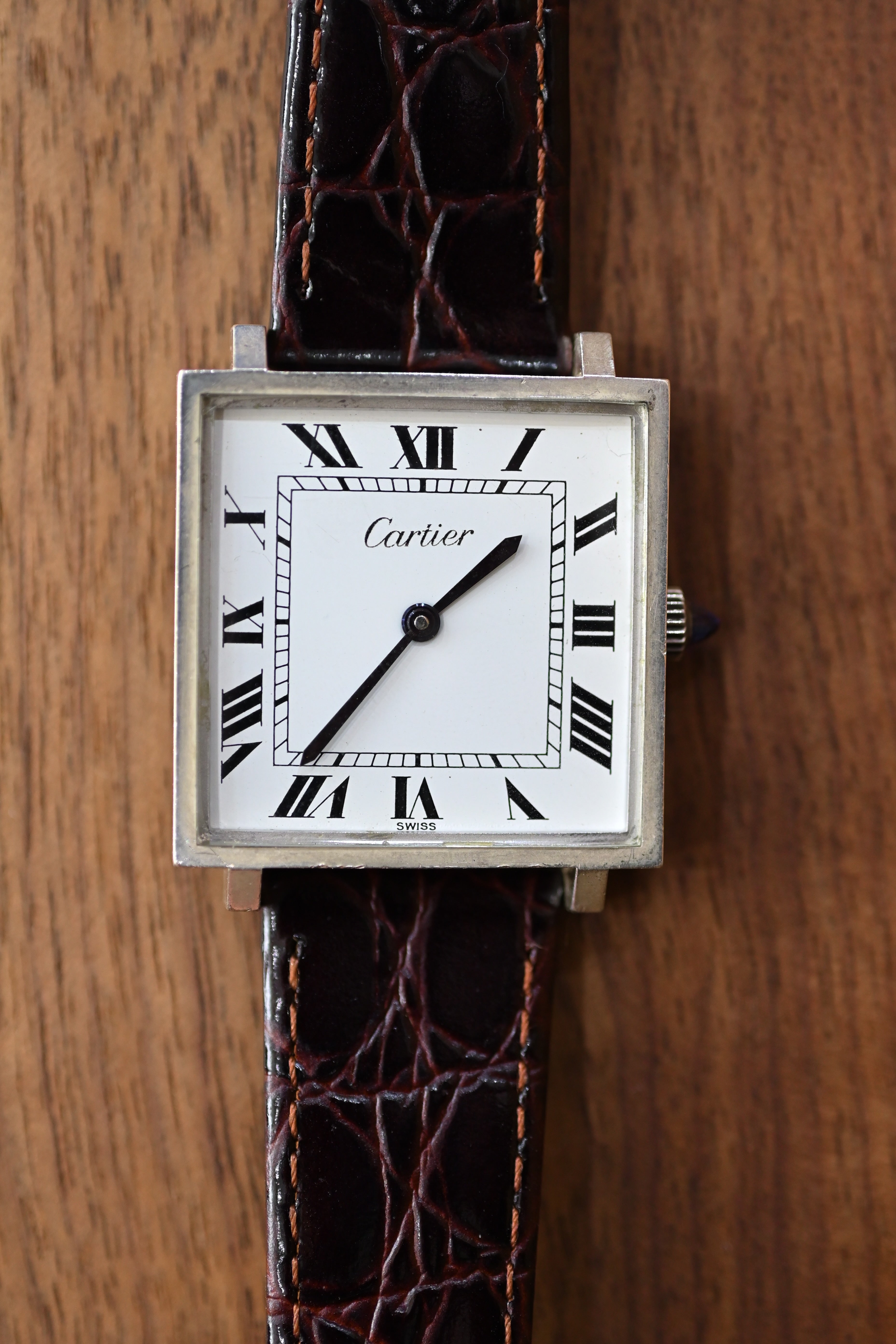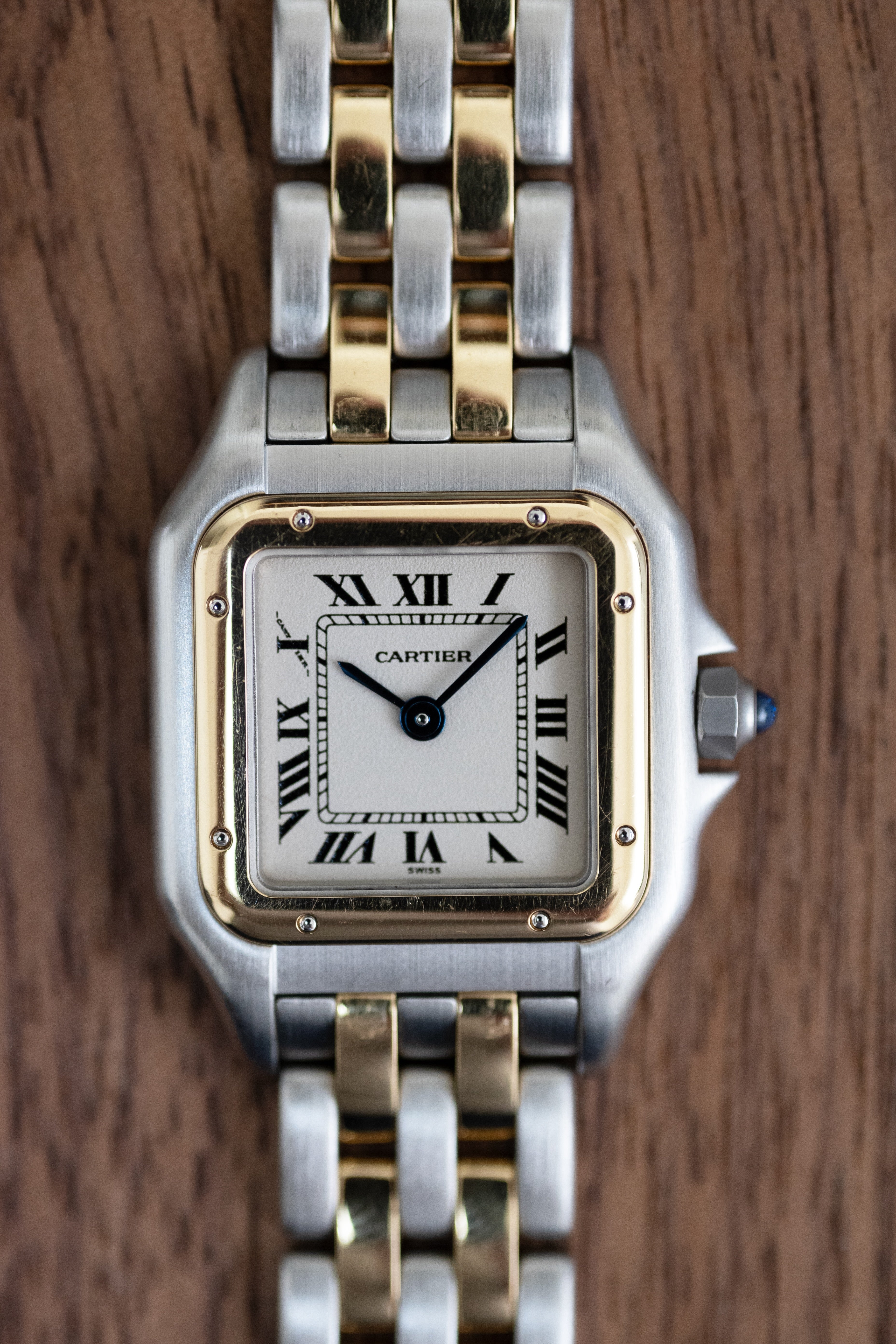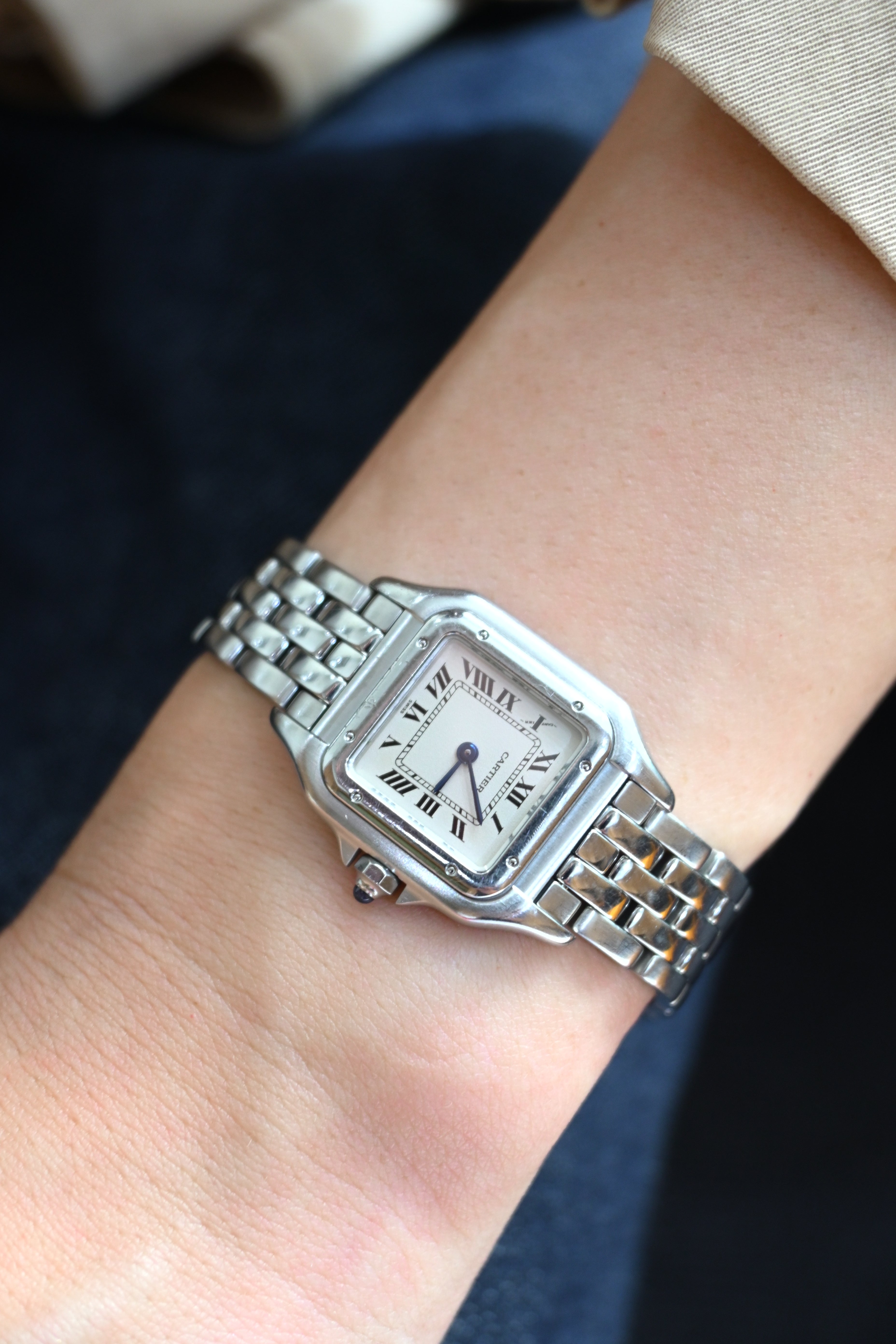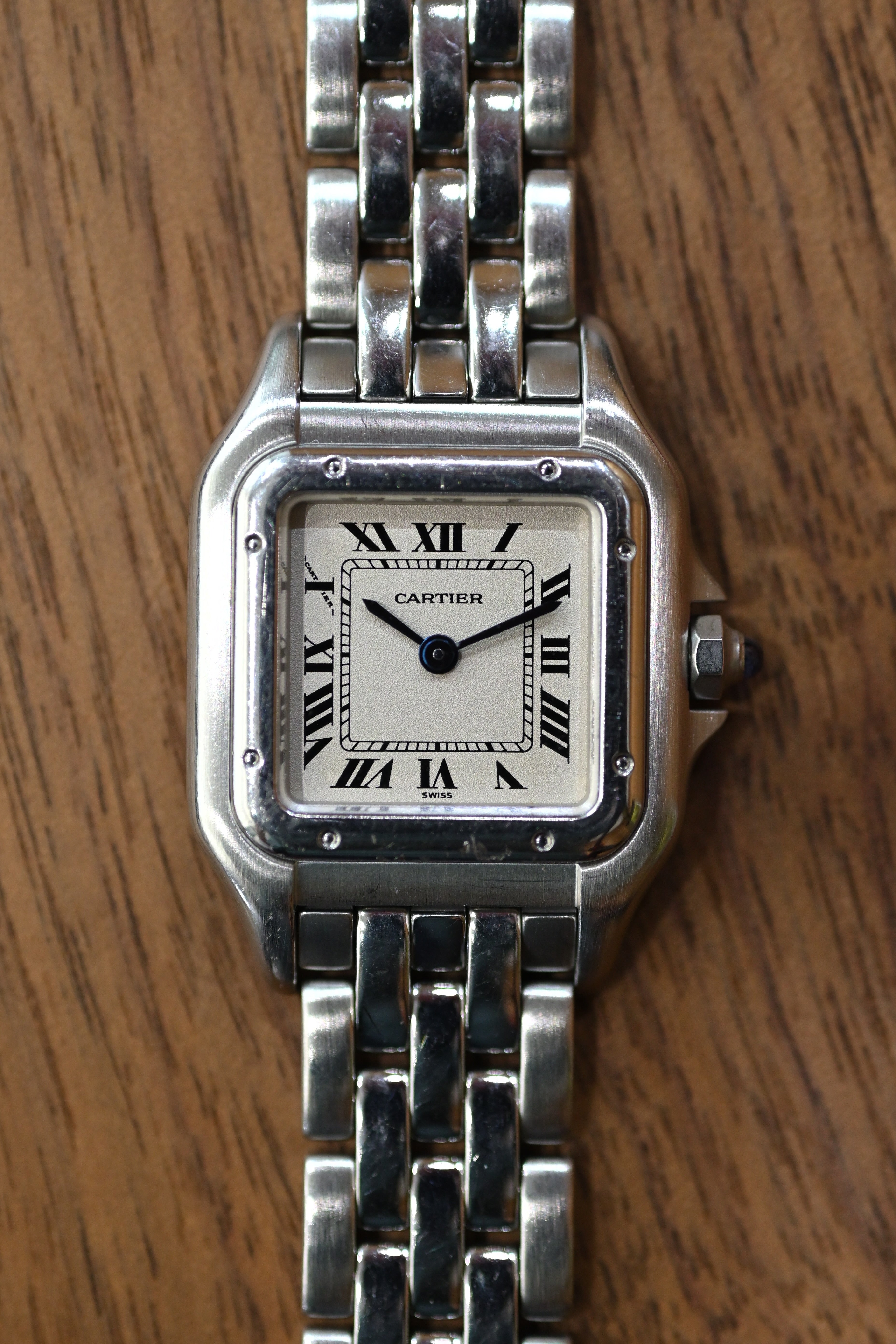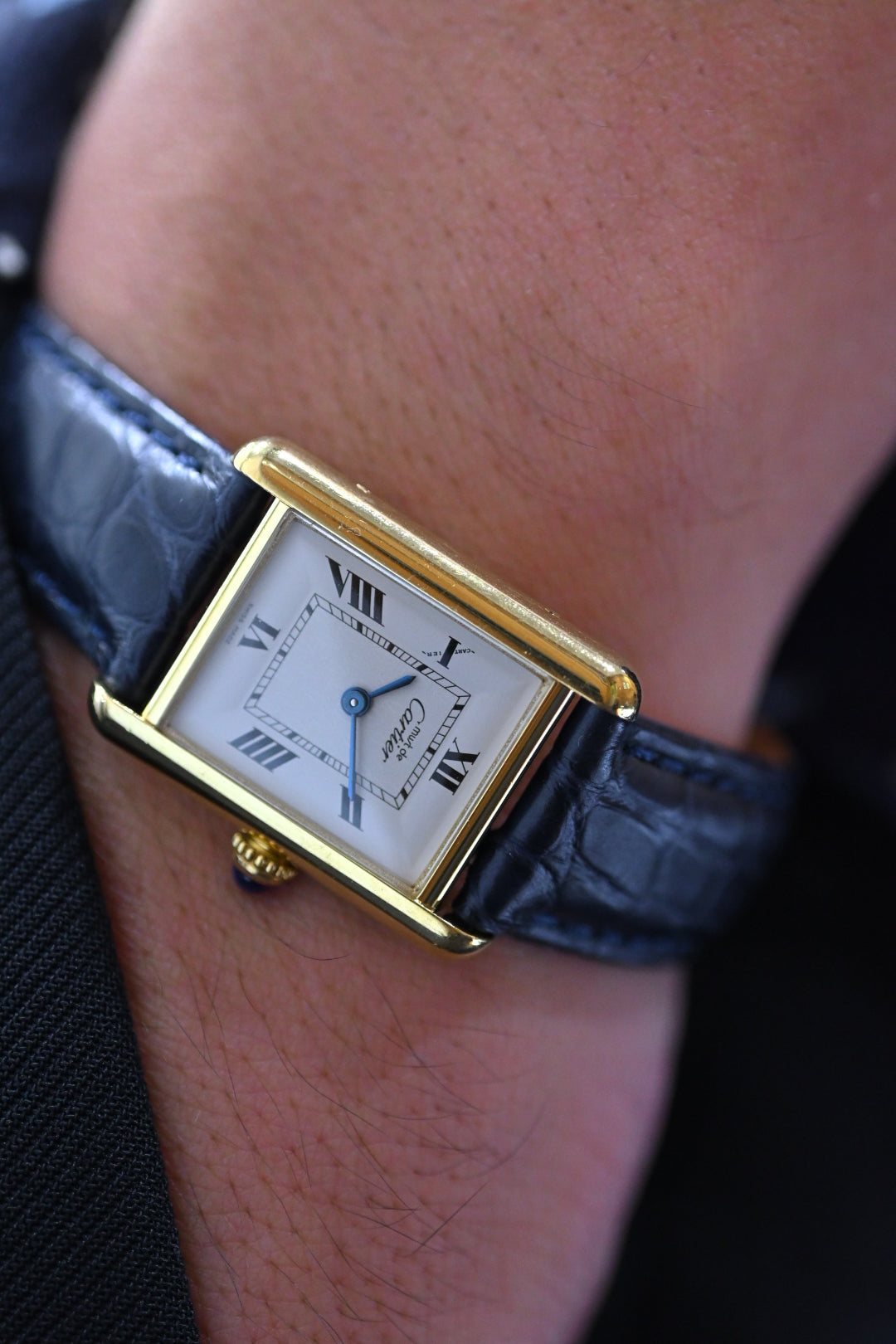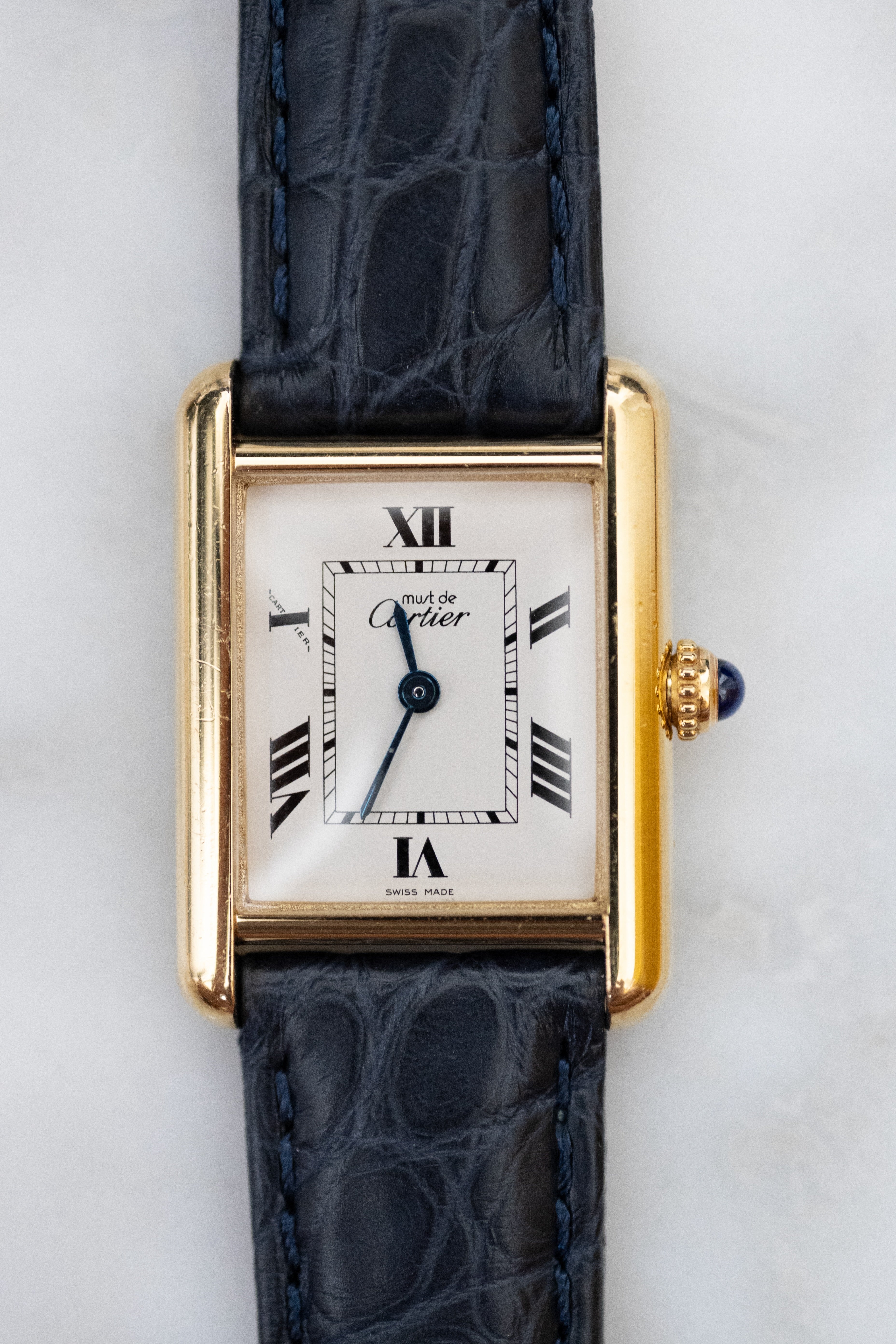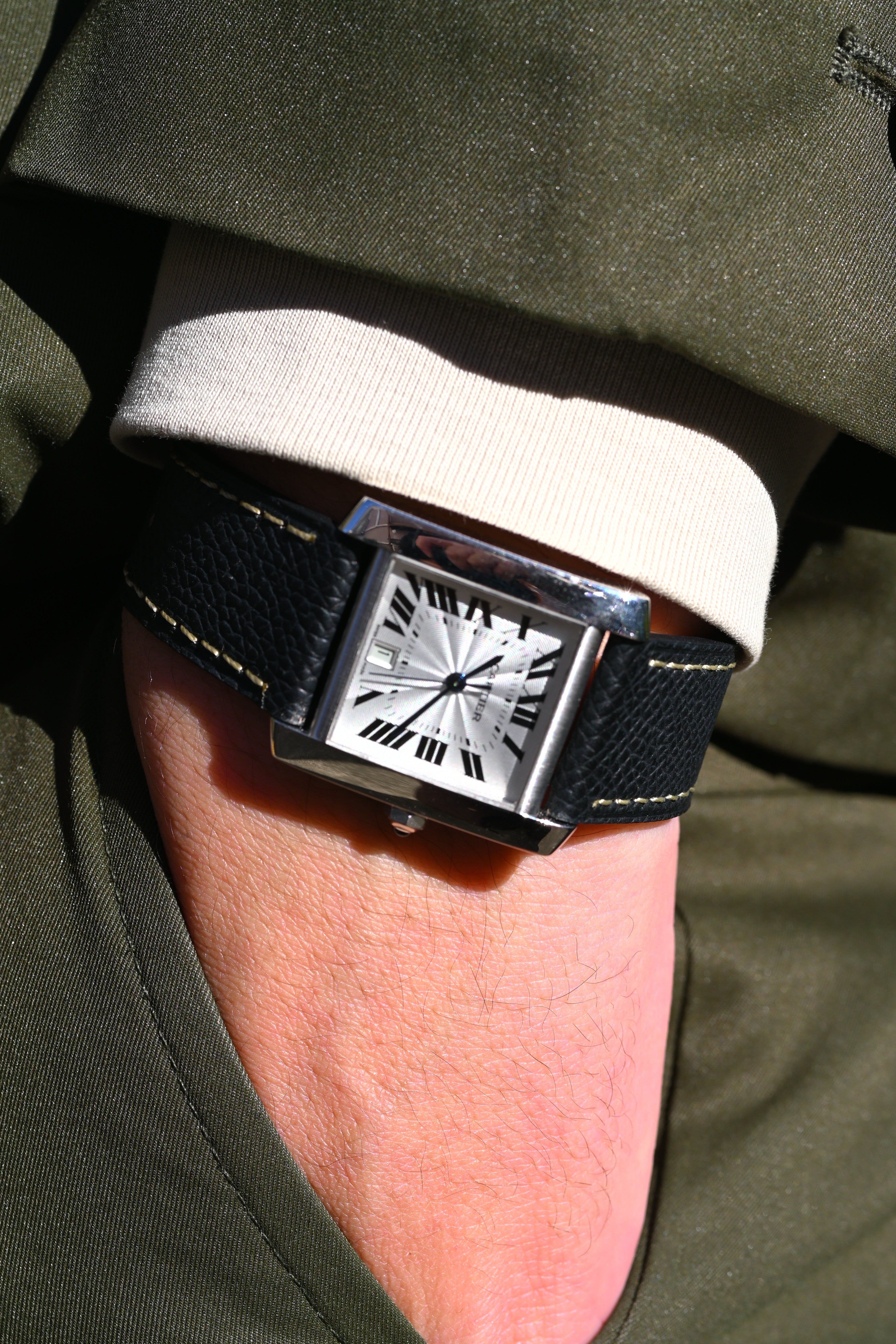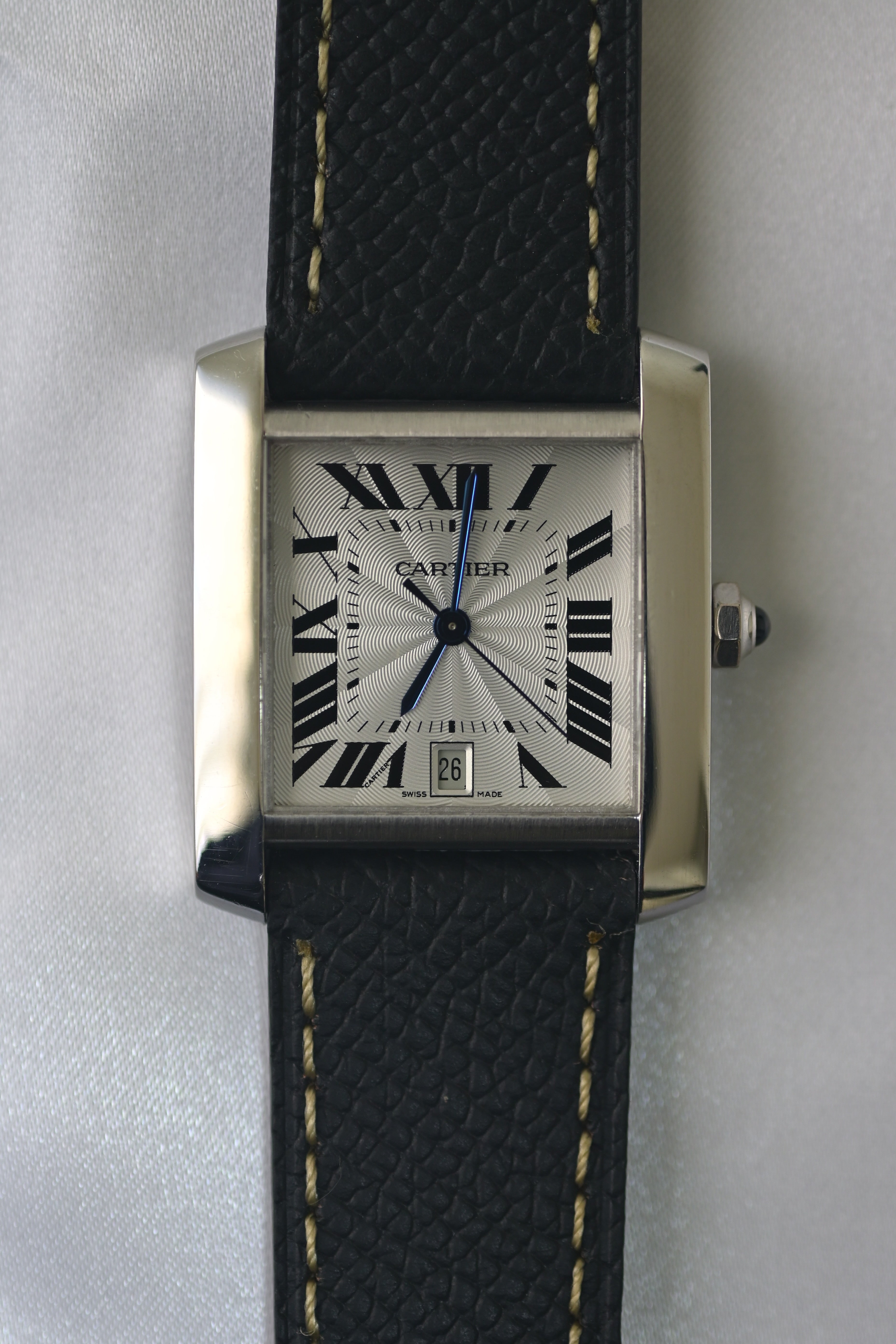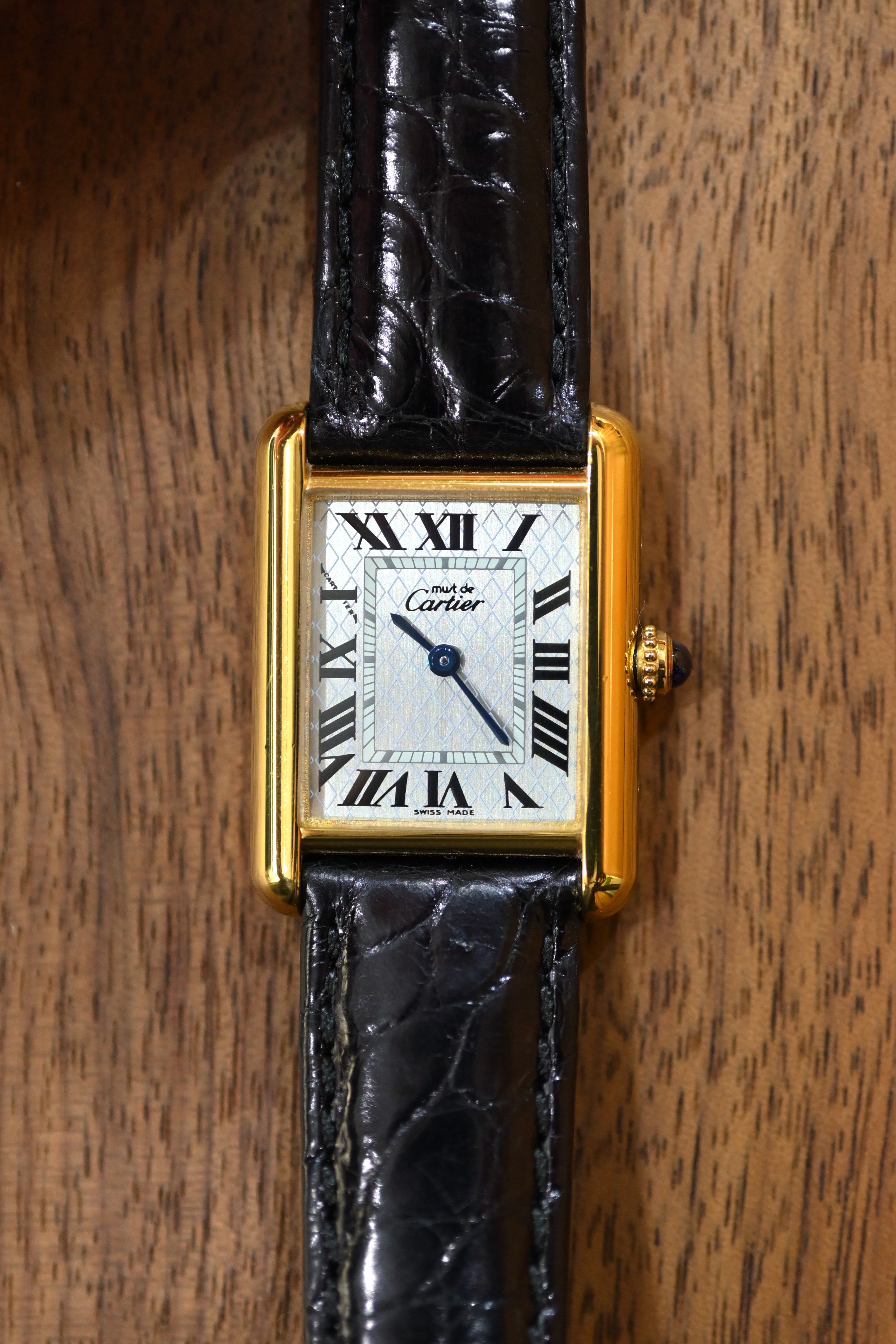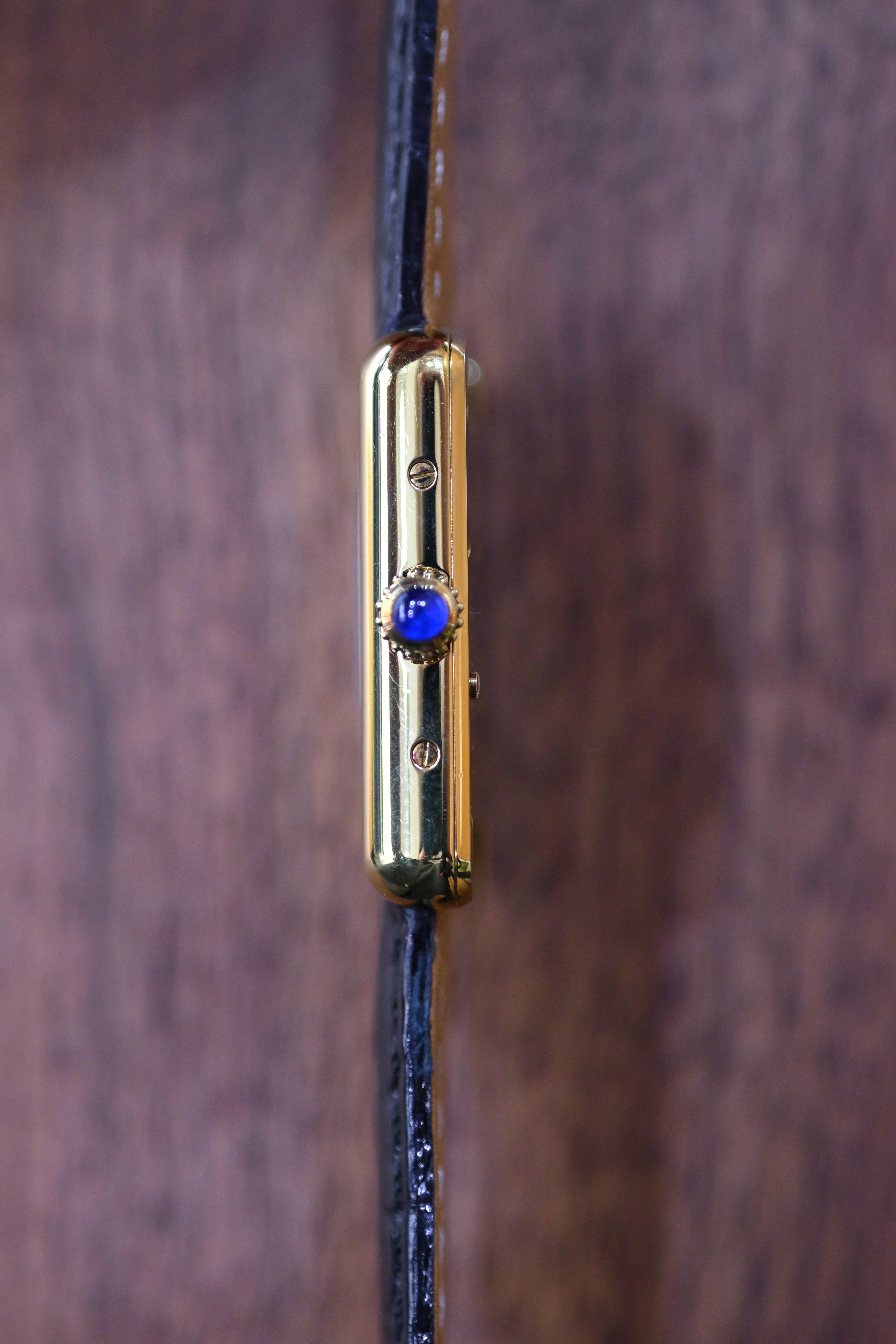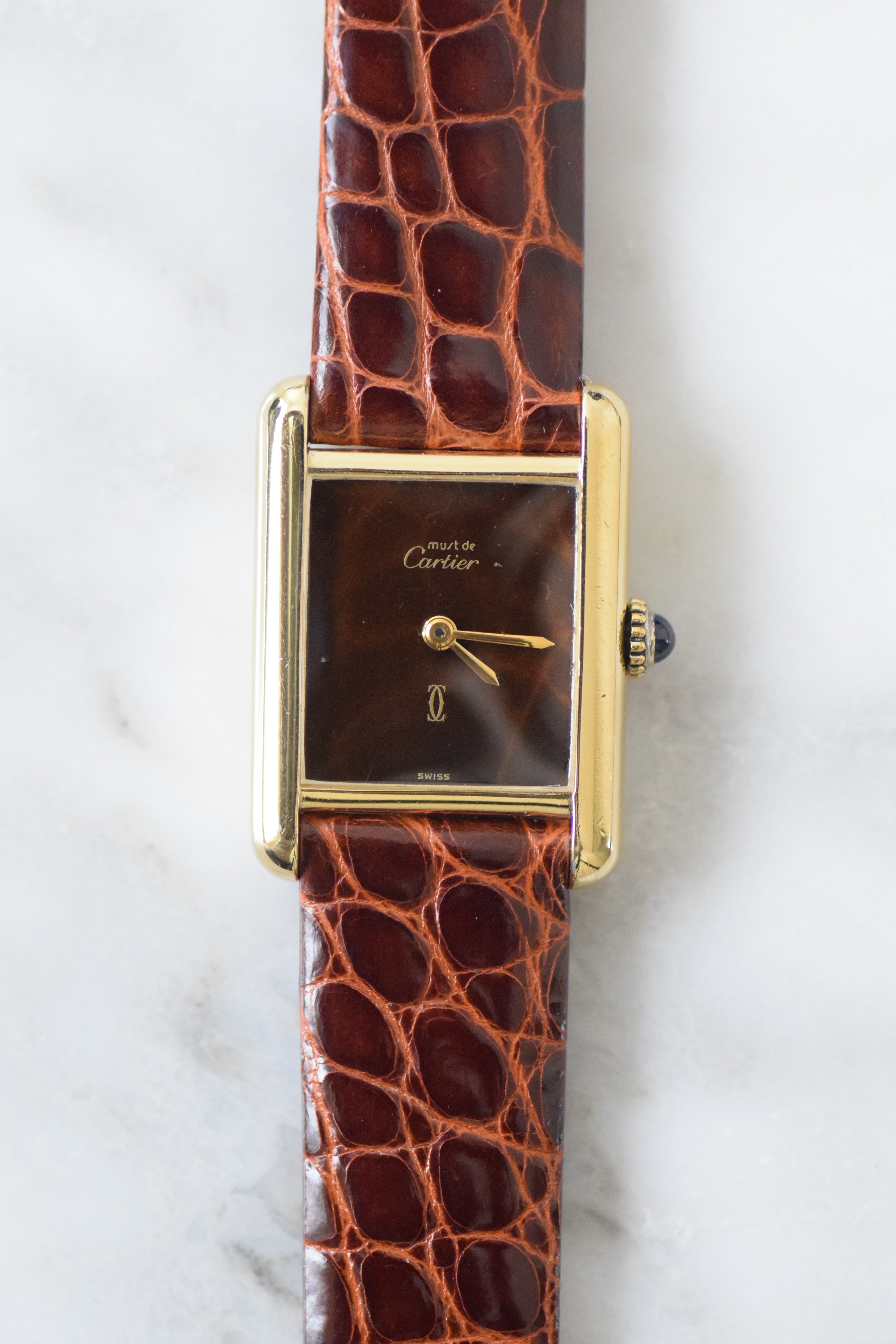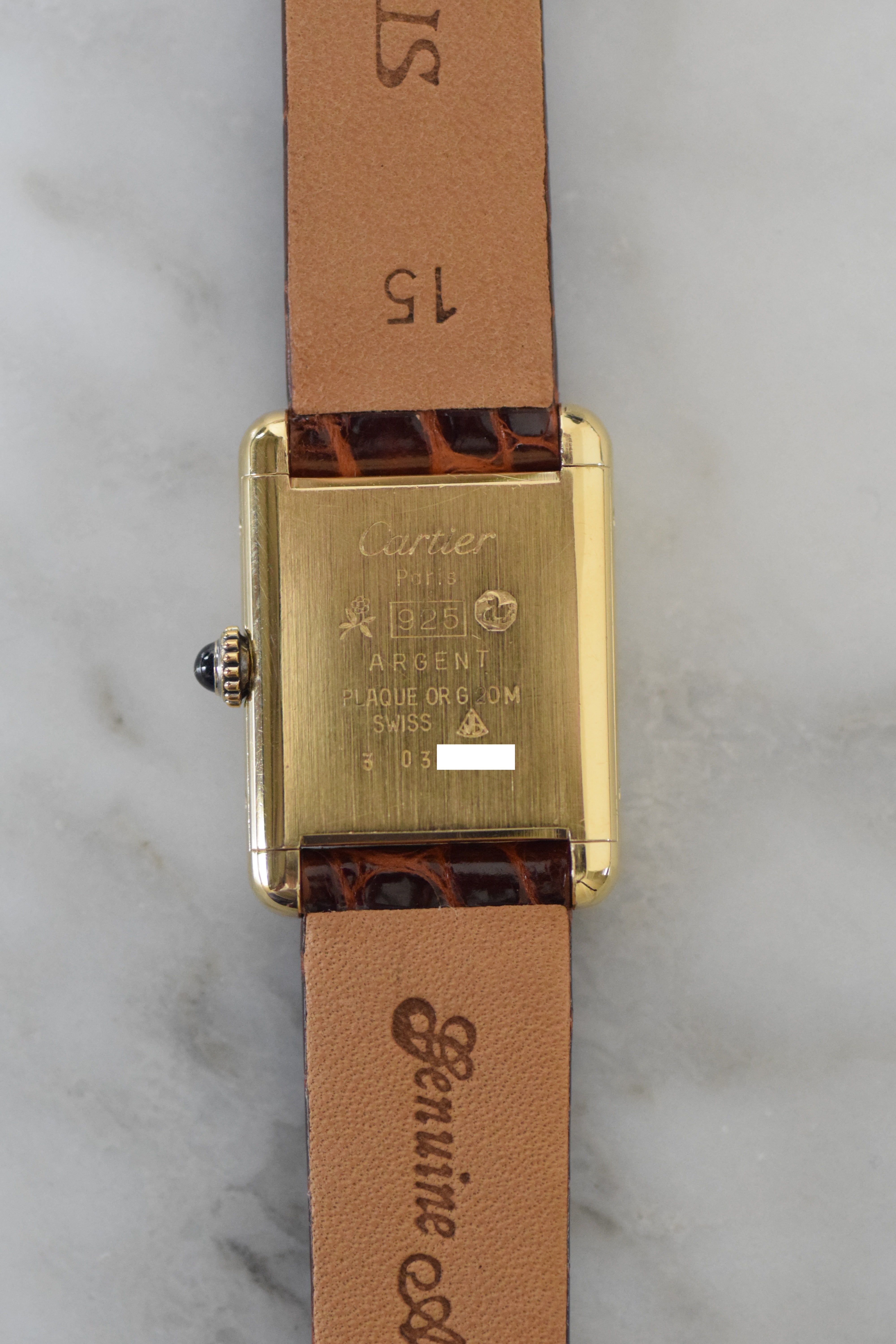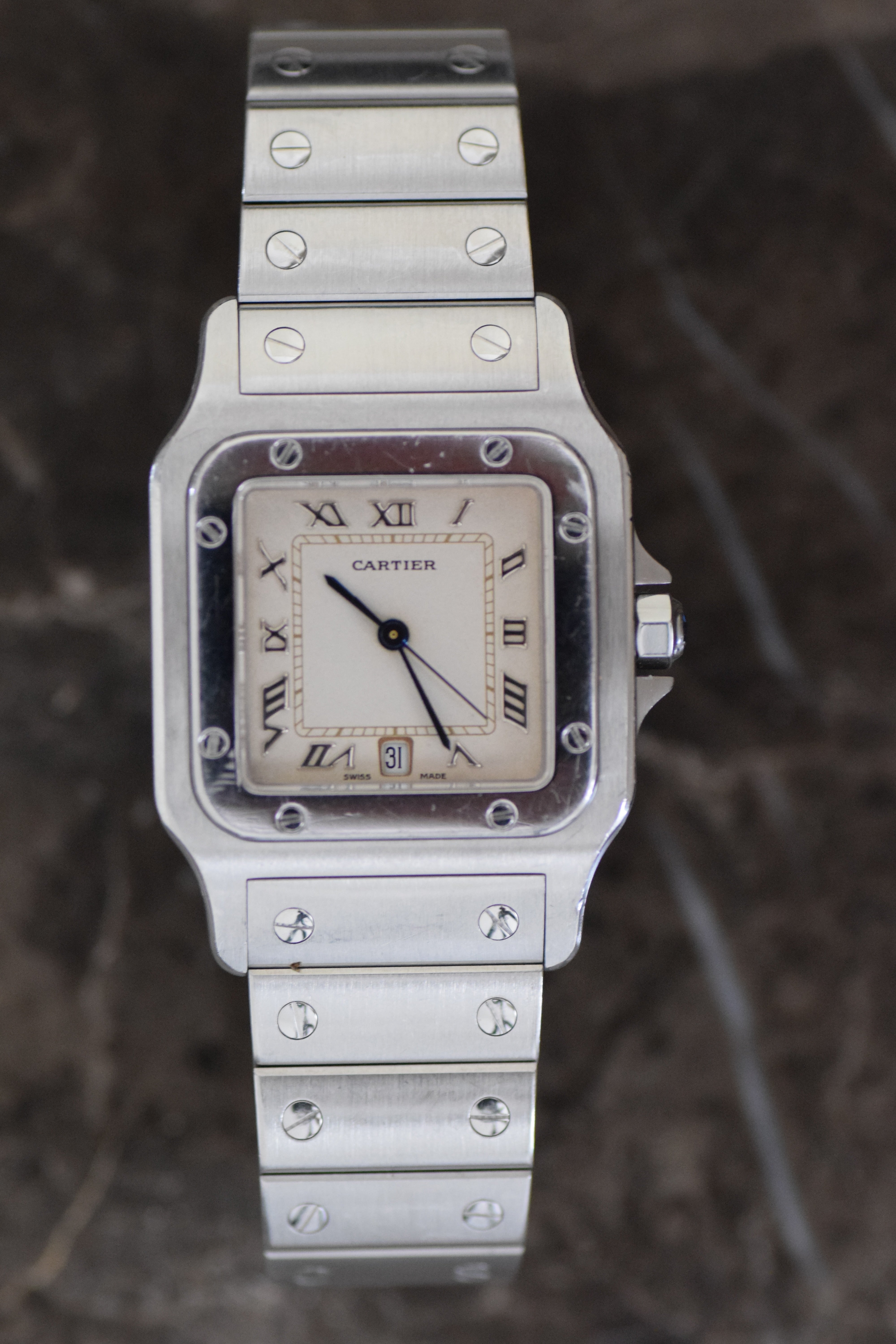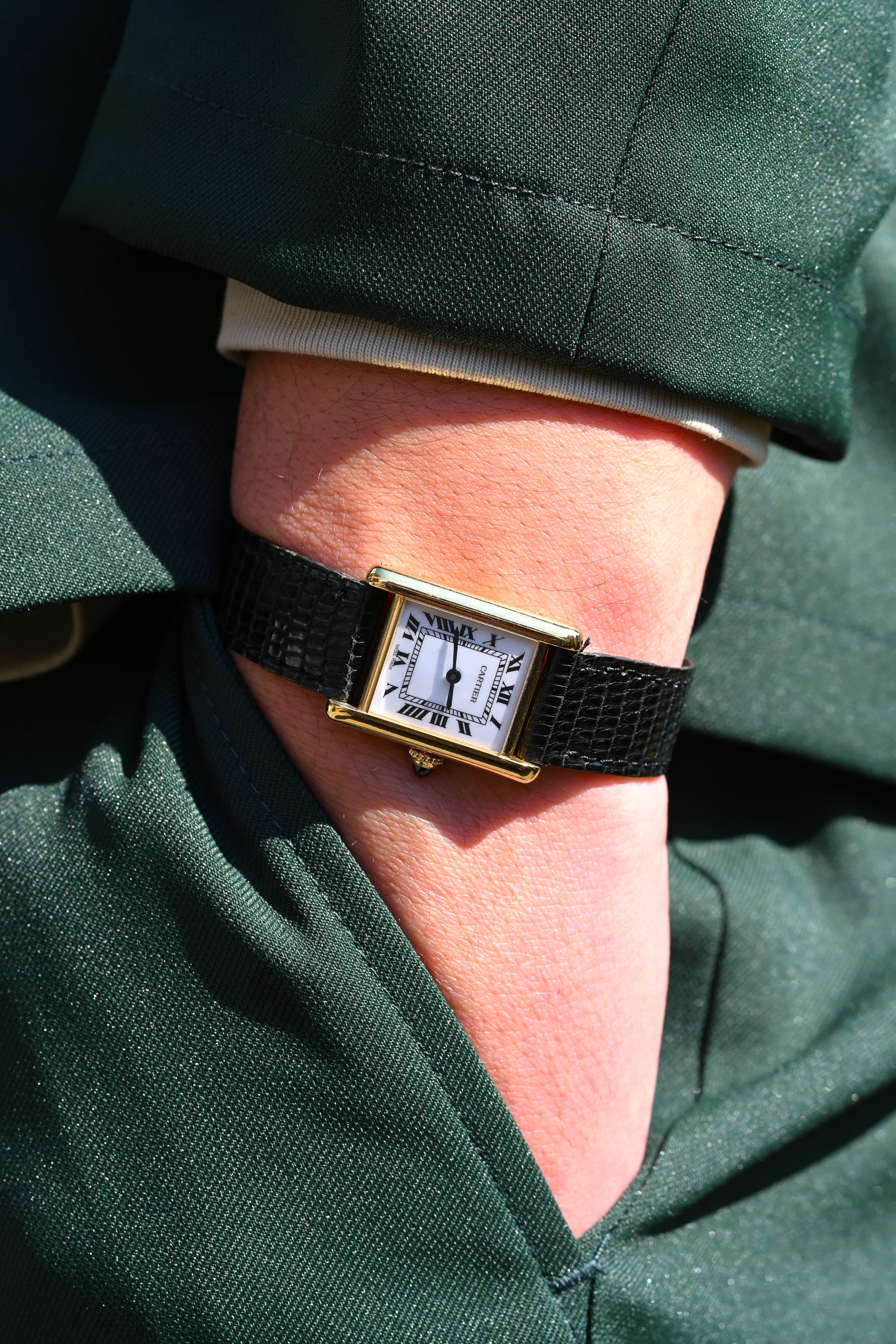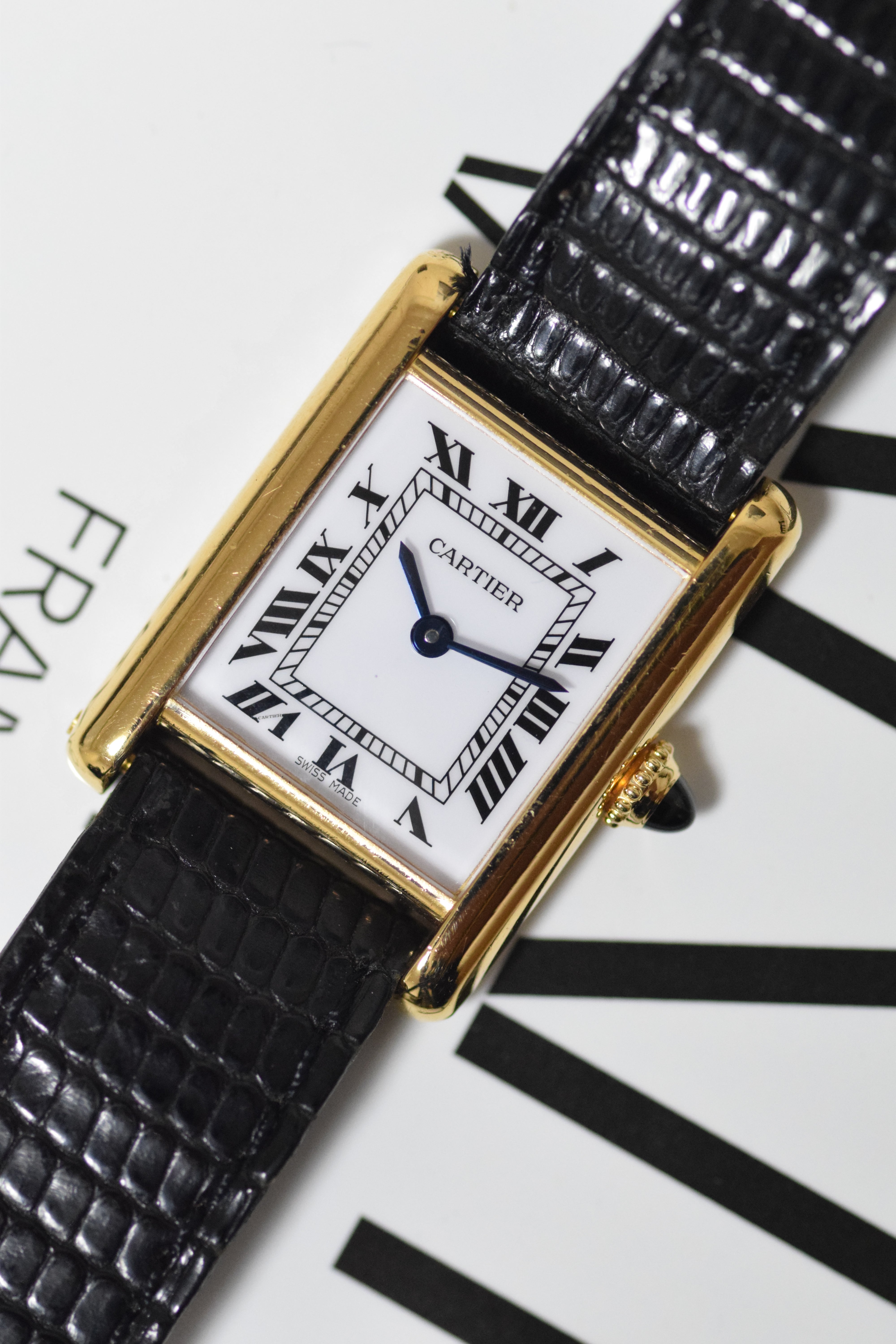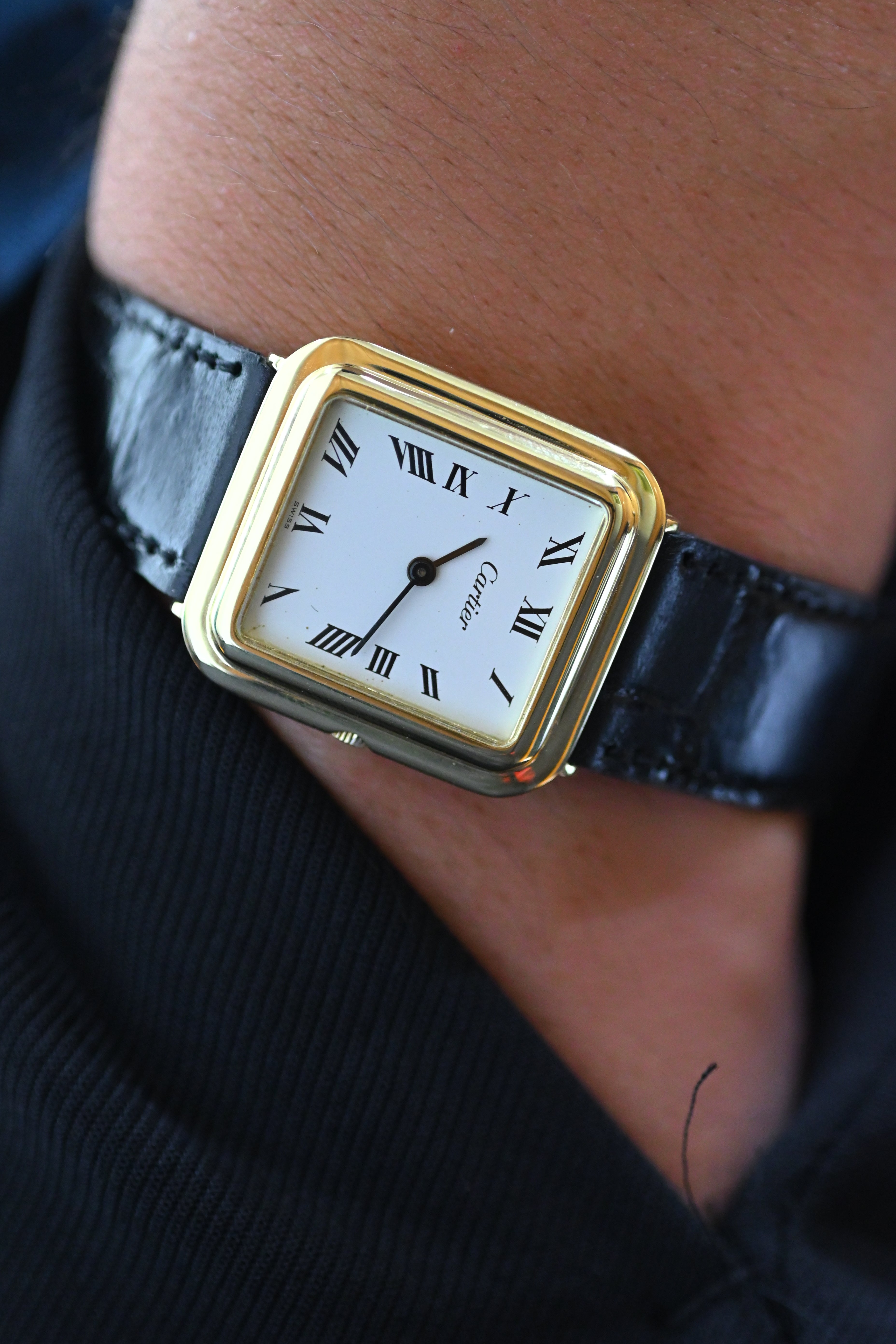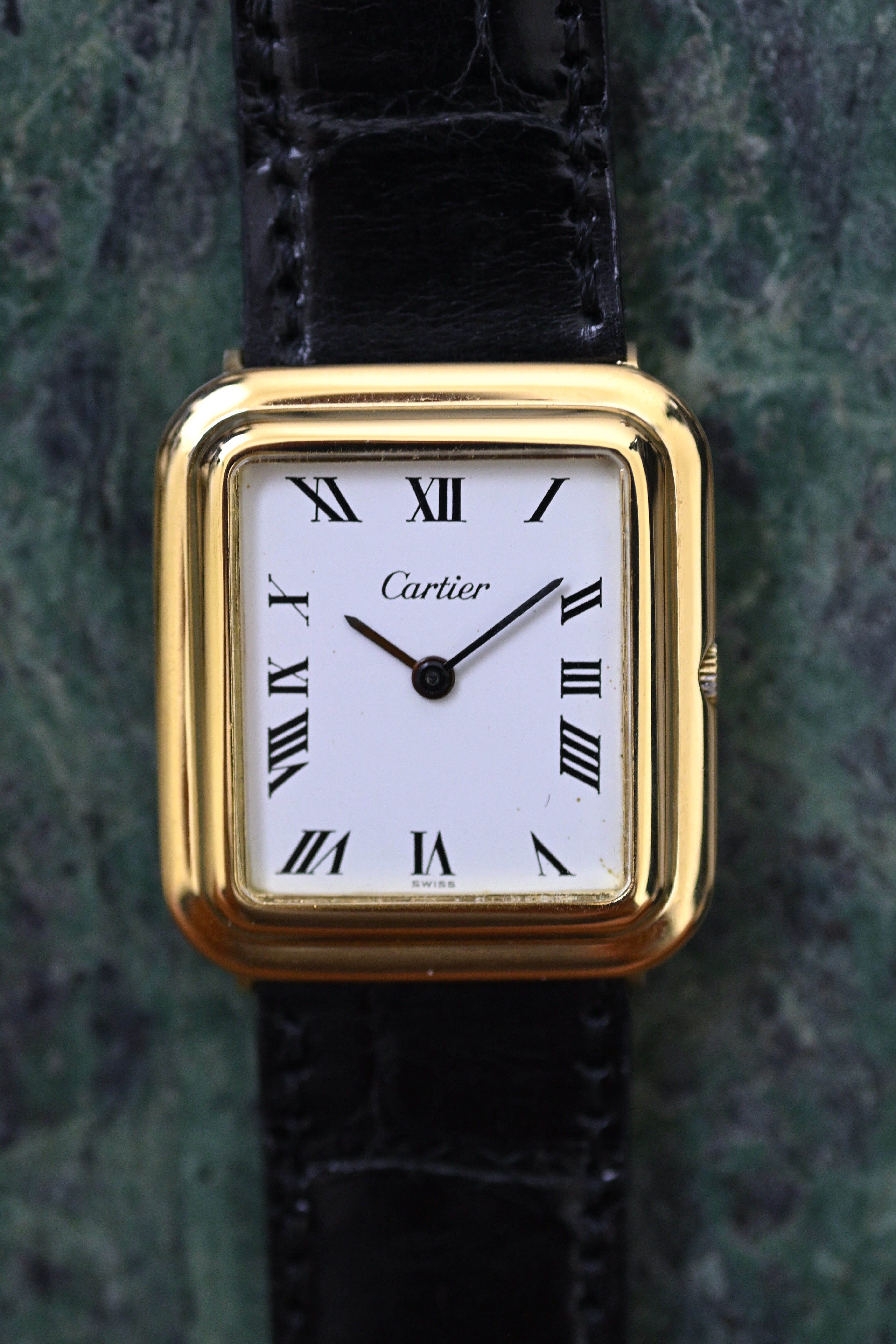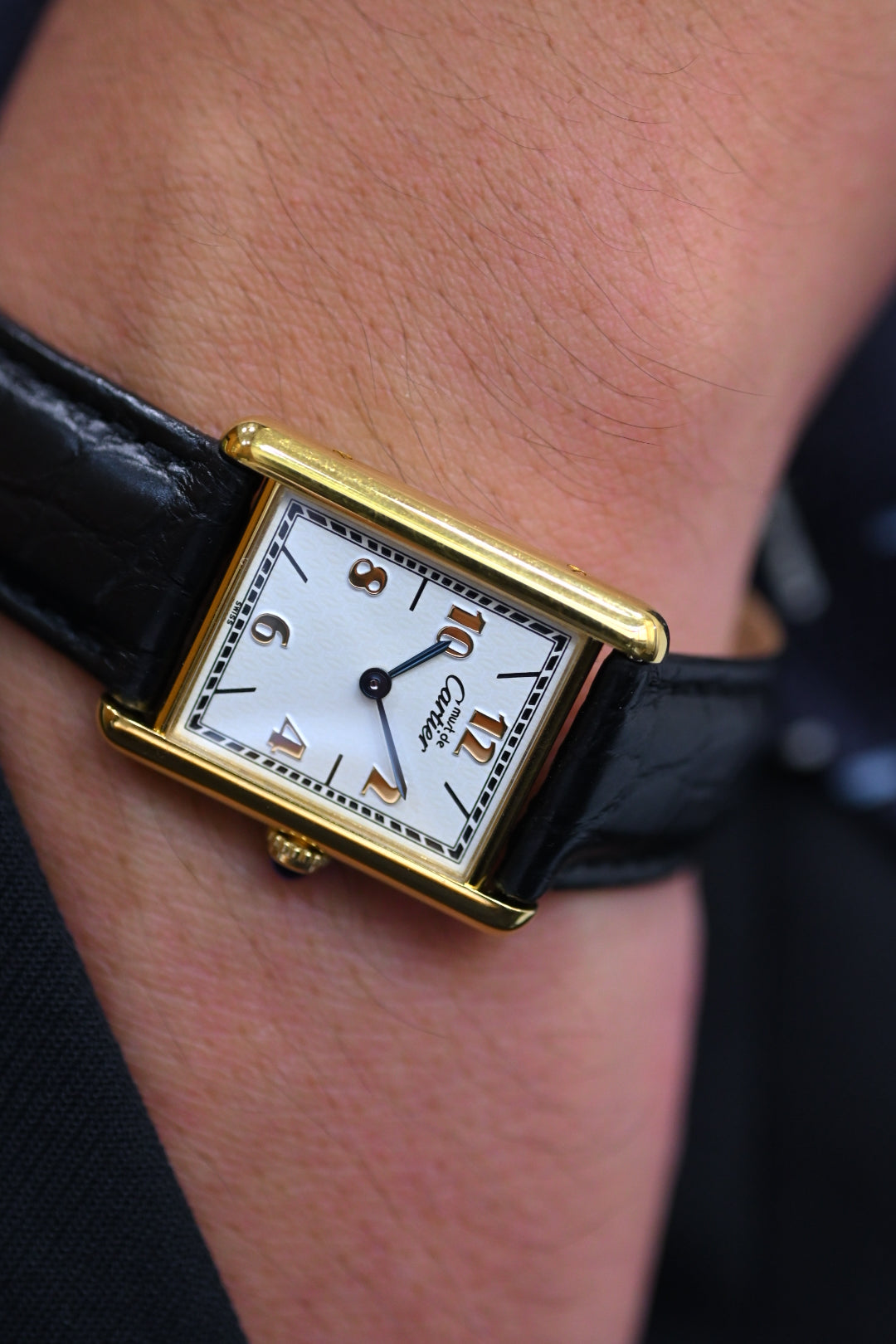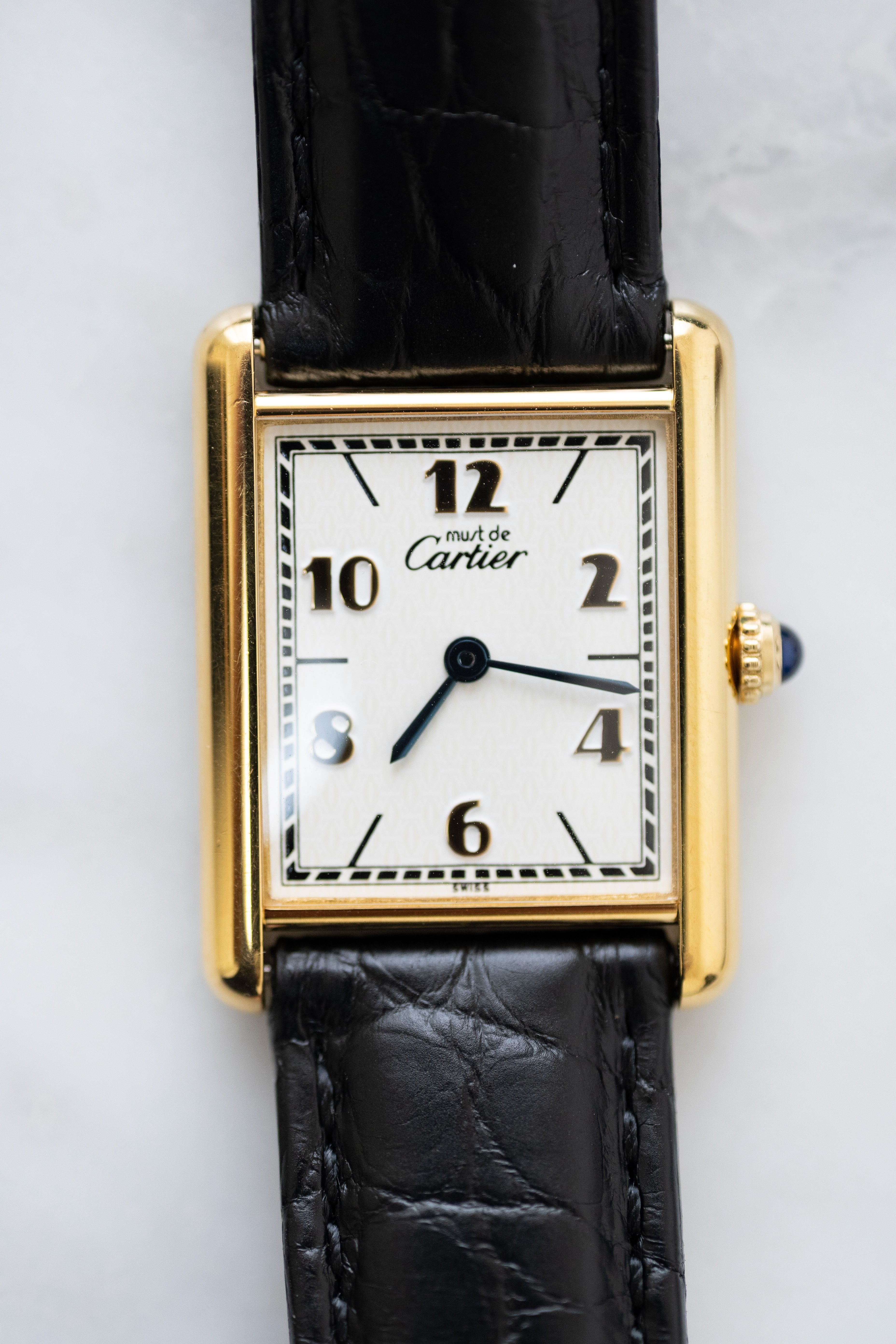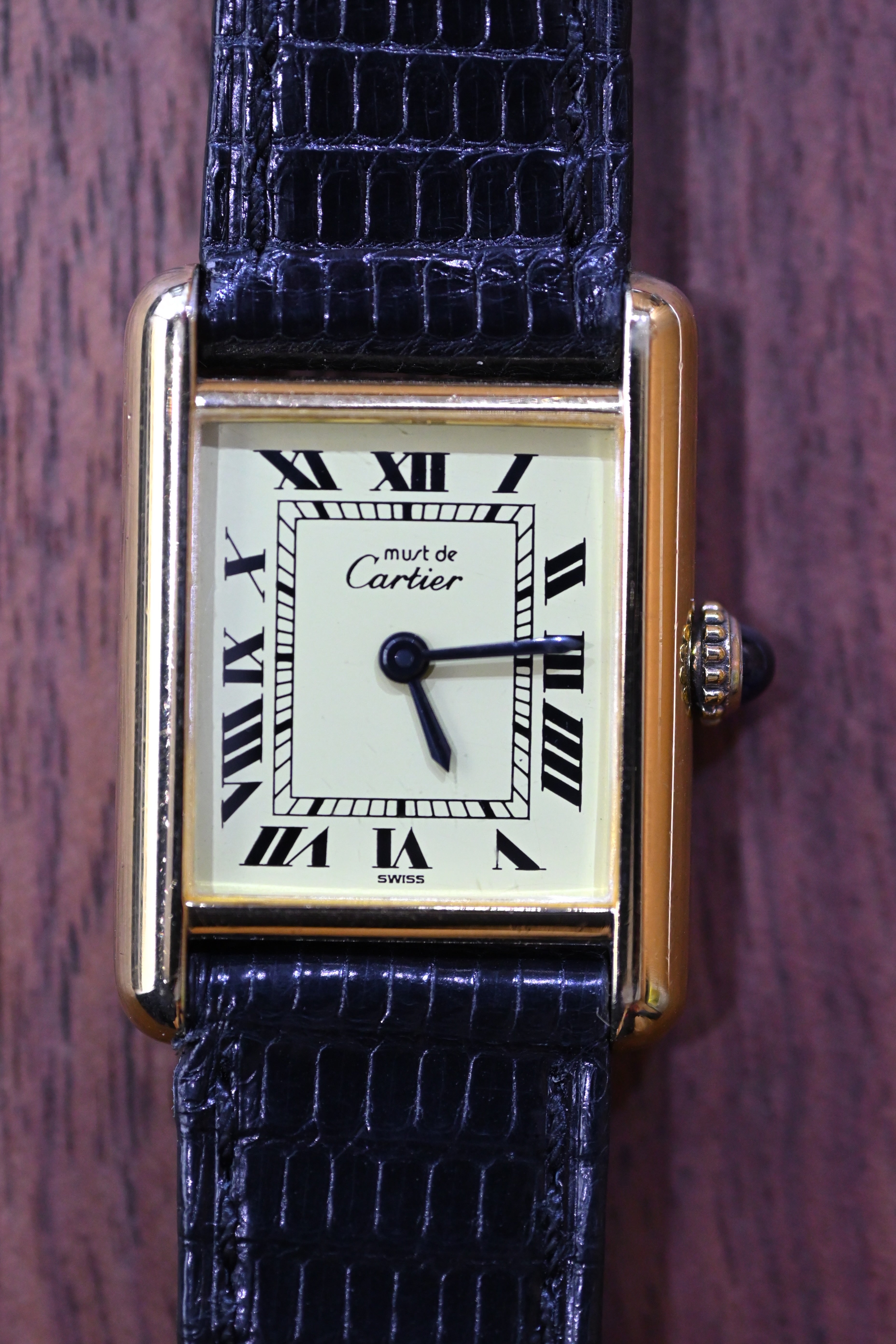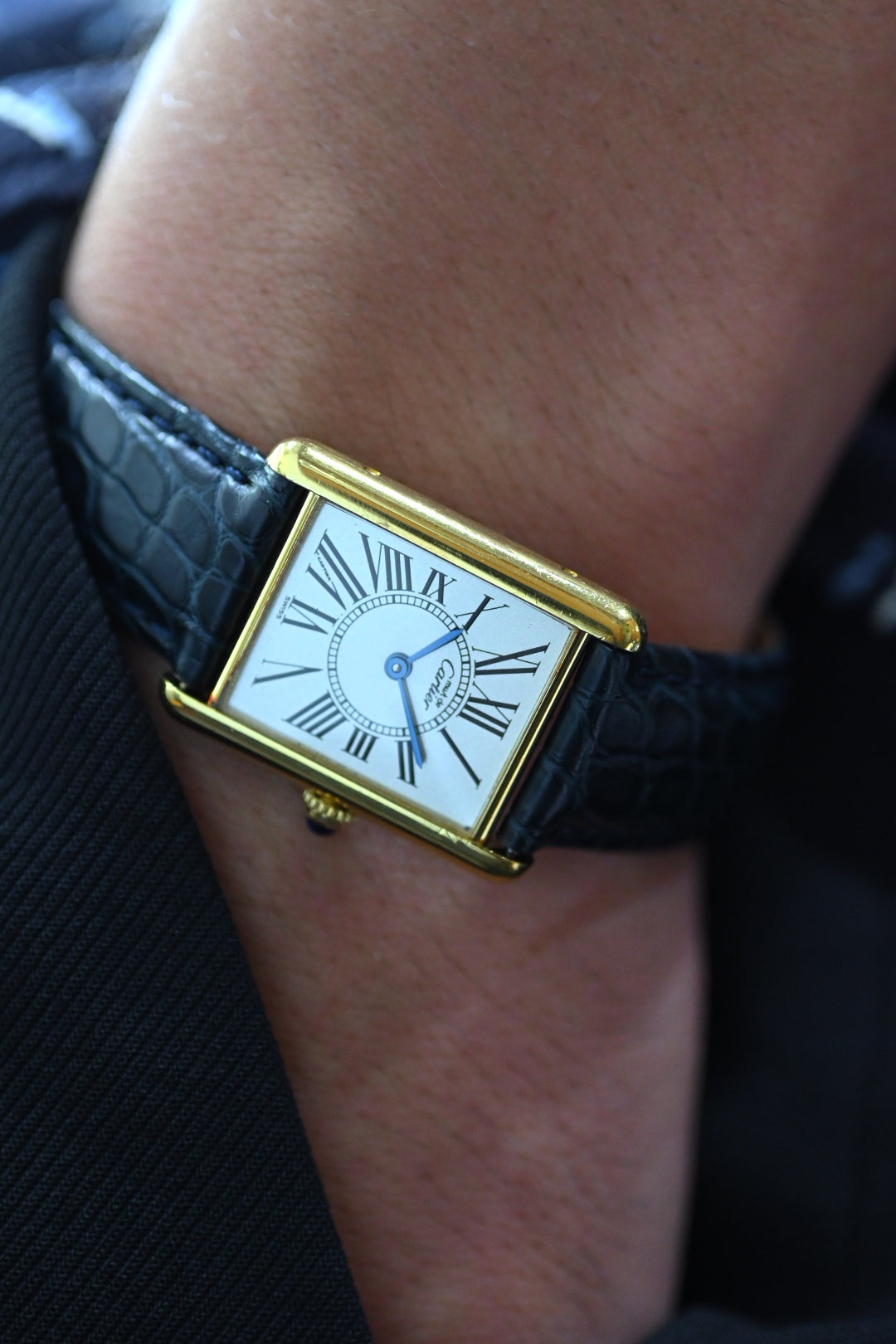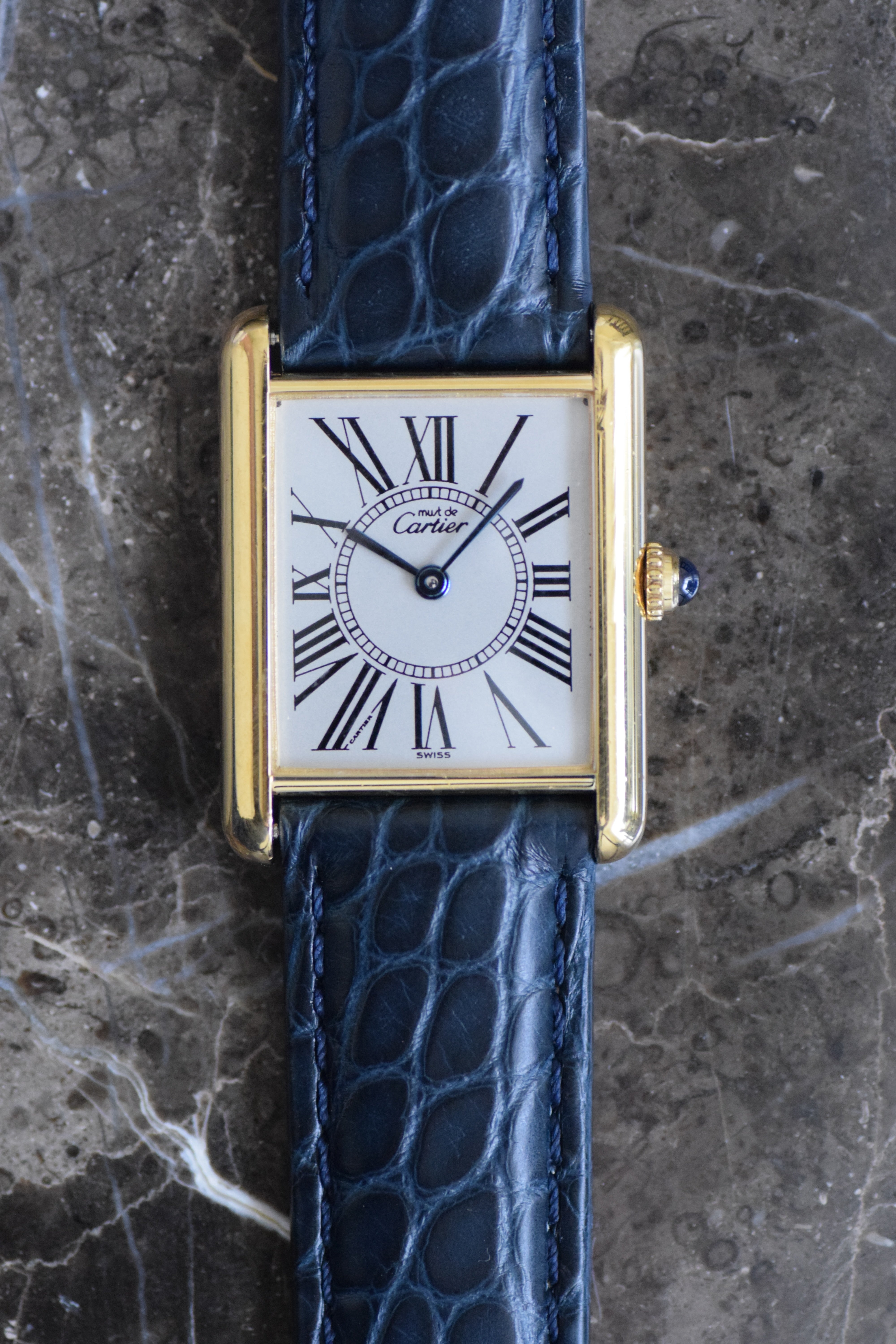Cartier Watches
Sort by
72 products
Filters
The legendary history of Cartier, the world's fifth jeweler, and the history of wristwatches
Click here to watch a video about Cartier's history.
Cartier watches are a prime example of a silhouette that is recognizable at a glance.
The simple square dial is filled with a calculated and sophisticated beauty that satisfies us.
The best way to describe the Cartier brand is as one that has been loved by royalty and aristocrats.
There are few luxury brands that can boast such "tradition" and "history" as Cartier.
In this article, we will explain the history and watches of Cartier, a brand name that many people may know but not know much about.
By the time you finish reading this article, you will understand why Cartier is such a special brand.
I think you will understand what I mean, so please stay with me until the end.
History of Cartier (from the first to the second generation)

In 1847, Louis-François Cartier founded his eponymous company (pronounced KAH-TEE-EYE) in a small workshop on the Rue Montorgueil in Paris.
From there, the store moved to the main street and began offering a variety of jewelry to a fashionable crowd.
At this time, France was experiencing remarkable economic growth and the city of Paris was bustling with the wealthy.
Meanwhile, Cartier began to attract clients from the royal family and the noble families surrounding them, starting with Queen Malte.
His son Alfred Cartier took over the business in 1874.

During the period when Alfred took over, France was in a period when the monarchy was abolished and the number of aristocrats, who were its original customers, was decreasing, and it seemed as if Cartier would also decline, but in fact the opposite happened and it continued to prosper.
This was because the bourgeoisie, wealthy people who started their own businesses and became successful, continued to imitate the aristocrats, allowing them to continue selling the same luxury goods as before.
Of course, it was also his attitude of maintaining high quality, inherited from his father, that expanded his customer base.
In 1899, the store moved to 13 Rue de la Paix.

This store continues to reign as Cartier's flagship store today and continues to be loved by celebrities around the world.
Alfred then decided to pave the way for Cartier to expand into the world of luxury goods beyond jewelry.
This is a watch that makes use of jewelry techniques, and it is the history that makes Cartier watches different from other brands.
Looking back at what we've discussed so far, Cartier was originally not a watchmaker but a jewelry maker, and they applied their technology to enter the watch industry.
The era of the third generation (Louis, Pierre and Jacques)

Alfred's three sons, the eldest Louis, the second Pierre, and the third Jacques, were all taught a sense of responsibility in their work under their father's guidance, and during the time of the three brothers, Cartier became a globally recognized brand.
The three sons worked together and fulfilled the roles assigned to them by their father, with the eldest son Louis working at the Paris branch, the second son Pierre working at the New York branch, and the third son Jacques working at the London branch.They kept in close contact with each other and steadily moved forward towards global expansion.
All three brothers were extremely talented, but it was the eldest brother, Louis, who is said to have "created Cartier."
He also has an eye for new materials.
Until then, the main material had been silver, but although it was easy to process, it was prone to tarnishing and was difficult to maintain.Then, he discovered platinum.
The fashionable design style of the time was called the garland style, which was an elegant design reminiscent of floral patterns.
Louis achieved success by incorporating this into his jewelry designs.
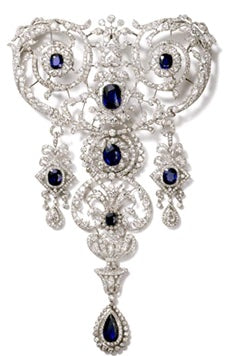
Source: Cartier Garland-style Jewelry
However, around 1920, design trends began to change and the Art Deco style began to emerge.
The Art Deco style featured clear, geometrical compositions of rectangles and squares in brooches and necklaces, and it would grow into one of Cartier's iconic models.
Although Art Deco was a style that was not yet widely recognised by the public, Louis was a visionary who began incorporating it into his designs in 1904.
In particular, the Tank, designed by Louis during World War I and inspired by tank tracks and artillery shells, is a typical example of the Art Deco style, and it was this watch that led Cartier into its Golden Age.
We'll discuss tanks in more detail in a later chapter.
Cartier has become known as a bold, original and creative brand, backed by expert manufacturing techniques.
The story behind the birth of Santos

Before the Tank was born, there was a model called the Santos.
The model name has taken on a life of its own, making it difficult to grasp its true nature, but the Santos was actually created before the Tank.
From here, let's take a look at the story behind the birth of Santos.
First of all, Santos is the Santos from "Alberto Santos-Dumont," which is a person's name.
This man, who had a dream of traveling through the sky, attempted to travel to the sky many times using balloons and airplanes, and he was the Brazilian who flew in France three years after the Wright brothers' first flight in 1903.
His father ran a fairly large coffee plantation, but after he was injured he sold the plantation and moved with his family to France to focus on his recovery.
As the first person to fly in the European skies, he was quite famous, and even became a great admirer of Cartier.
Then one day, Santos approached Louis with the following request.
"If you have to take your watch out of your pocket every time you want to check the time while flying, you won't be able to concentrate on what you're doing."
As you know, in the early 1900s, pocket watches were still the norm and wristwatches did not exist.
This brings us back to the story I told you earlier. In 1906, Santos' plane flew for only 60 meters at an altitude of 3 meters, and at the time, Santos was wearing a Cartier watch on his wrist.
This was undoubtedly created by Cartier for Santos, who wanted to know the time without taking his hands off the control stick.
The Santos was sold to the general public in 1911 and is still available today.
The king of jewelers, therefore the king's jeweler
When you hear the word "gentleman," the first country that comes to mind is probably England.
Due to the historical background of Britain, the higher one's status, the more important appearance became, and everything they wore had to be first class.

In particular, Edward VII was said to be one of the most fashionable kings in the history of the dynasty and was a fan of Cartier.
Let's take a look at his background.
Edward VII began his reign at the age of 60, as his mother, Victoria II, had reigned for a longer period of time.
Edward was brought up with an elite education and, among all the constraints, the only thing he was allowed to do freely was "diplomacy."
During this only recognized period of diplomacy, people would dress well, enjoy their freedom, and deepen their faith with dignitaries from various countries.
Of course, I was wearing Cartier jewelry and watches at the time.
Edward loved to travel abroad, and France was his special love.
She spoke fluent French, enjoyed going to the theaters and restaurants in Paris, and loved the French refinement that was not found in England.
In 1904, two years after the coronation, Cartier was awarded a royal charter as a supplier to the Royal Family, and this gave rise to the famous phrase "King of jewellers, hence jewellery to kings".
In addition, to coincide with the coronation, Cartier's London store opened, to the great delight of Edward VII.
Cartier loved by the Maharajas

Returning to the story, Cartier's expansion into Britain was something the British aristocracy had been waiting for, and it also brought even greater prosperity to the company.
This was contact with Indian Maharajas (Kings) who frequently visited Britain.
At that time, India was a British colony, and the two countries had very close ties, with a lot of traffic between them.
Indian jewelry gained popularity in Britain from the end of the 18th century, towards the end of Queen Victoria's reign, to the early 20th century.
The exotic and elegant design has captivated people.
Cartier's jewellery designs were also beginning to be influenced by this.
In this situation, the third son, Jacques Cartier, who was in charge of the London store, wanted to become more involved and went on a mission to India in 1911.
Jacques was welcomed into the spectacular, lavish palace where he showed off the Cartier jewels he had brought with him, and the Maharajas were very impressed.
Many maharajas were also strongly attracted to the pocket watches that were popular in Europe at the time, and upon discovering the appeal of Cartier, they became its favorite brand.
The requests were so varied that they apparently even involved wiping out their heirlooms and replacing everything with Western-style items.

It was during this time that Cartier introduced many of its best-known designs, including the colorful Tutti Frutti and the brand's mascot, the Panther, and created "unique jewels" for royal families around the world, including the Maharajahs, the Duke of Windsor, and later Princess Grace of Monaco.
The Birth of the Tank

First produced in 1917, this model was inspired by the two-man FT-17 tanks used on the Western Front, and its design is said to be based on tanks.


This rectangular form, characterized by caterpillar tracks attached to its thick sides called bronkars (meaning "stretcher"), was designed based on a sketch of a tank seen from above.
It is said that the tank motif was chosen to commemorate the achievement of tanks in ending World War I and to represent the tank as a symbol of peace.
Designs that make extensive use of straight lines like this are typical of the Art Deco era, which generally began in the 1920s, but it is thought that Cartier began incorporating this design into their watches around the first half of the decade.
The Tank is a prime example of this, and its symmetrical straight lines and the square crystal surrounding the dial make it the quintessential Art Deco design.
There are several types of tanks:
Later, various derivative models of the Tank were created, including the Tank Américaine, Tank Francaise, and Tank Anglaise.
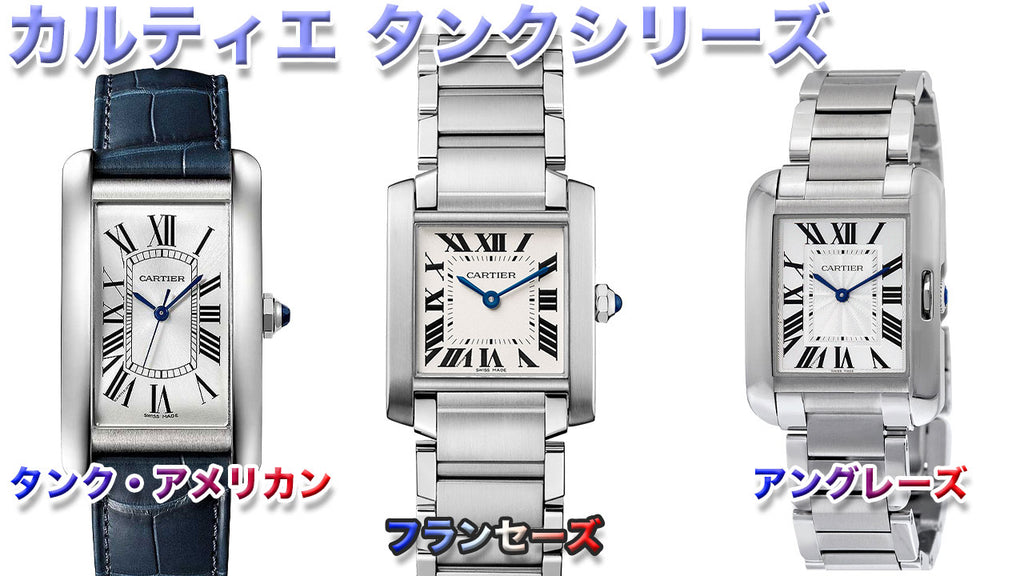
From left to right, the models are Tank Américaine, Française, and Anglaise, and each model name includes the name of a country: America, France, or Great Britain.
This is said to be a homage to the fact that Louis Cartier and his brothers once had bases in Paris, London and New York.
These three models evoke Cartier's long history and tradition, but unfortunately production of the Anglaise ceased two years ago.
Later, the "Must de Cartier" line was born to spread the appeal of Cartier to younger generations.

The word "must" means "must" in English, and the meaning that the Cartier brand conveys is that it is a watch that anyone who is fashionable must have.
The Must line was launched in 1973, and although it is made more cheaply than the regular line by revising the materials, movement, and overall construction, it is a line created for those who want to enjoy Cartier.
The 1970s was also the first year that quartz was produced in Japan.
As a result, Cartier's Must-line watches began to use inexpensive quartz movements, which also became a huge hit.
Birth of the Pasha

Cartier had many royal and aristocratic clients.
This extravagant and demanding request resulted in the creation of a watch that will go down in Cartier's history.
Prince El Jaoui , the Pasha of Marrakech in Morocco, who lived in Paris in his youth and frequented its high society, placed the following order with Cartier in the 1930s.
"I want a watch that I can wear even when I'm swimming in the pool."
and.
If he asked several servants about the time, he would have been able to find out right away...
It was a very selfish order.
However, this order inspired Cartier's watchmakers, who were steadily building up a track record, and it bore fruit.
In fact, he did not initially give a watch with the same shape as the Pasha; instead, he first gave him the Tank Etanche, a square, waterproof watch developed in 1931.
The name Tank Etanche means "waterproof" in French.
Twelve years later, the current round Pasha shape was developed, and the name "Pasha" was given to it because of this story behind its creation.
The prototype of the current Pasha was released in 1943. At that time, the round case already had a crown protector and a grid to protect the windshield.
This is how the waterproof watch, the Pasha, was born.
summary
Cartier's archives reveal that throughout its history it designed jewelry for royalty and the upper classes, and received commissions from many aristocrats.
Of course, royalty and aristocrats were not the only ones who owned Cartier watches.
Over the years, its customers have changed and it is now loved by Hollywood celebrities. Even now that it is part of the Richemont Group, its popularity has not waned but rather continues to grow into an even more popular brand.
Cartier regularly appears on Forbes' annual list of the world's most valuable brands.
Despite its traditional history, it is the strong design and modern approach to fine watchmaking that its predecessors have built up over the years that has earned the company its reputation and will support the future of the business.

